Uzbekistan is the second Central Asian country that we visited, right after Kazakhstan, but what a contrast! Where Kazakhstan was rich in nature, culture & landscapes, Uzbekistan gave us an enriching experience in history, architecture, culture & food! A key part of the historical ‘Silk Road’, a network of trade routes connecting the East and West, Uzbekistan was influenced by various cultures including Persian, Greek, Arab, Mongol, and Russian. The ancient Islamic architecture is stunning and because there was a close connection in the history of Uzbekistan & India, this was even more intriguing for us.
We could spend only 5 days in Uzbekistan, and they were fascinating, to say the least. However, we could have utilized these days a bit better had we known a few things in advance. This is why, research is key, and that’s what has made you land on my blog, hasn’t it? So here we go with some important things you need to know before visiting Uzbekistan, to have the perfect trip!
- How to dress in Uzbekistan: I read several blogs that said women should dress conservatively in Uzbekistan, so I carried all my ankle-length dresses and scarfs to cover my shoulders. However, when I arrived in Tashkent (and Samarkand as well), I noticed lots of women wearing knee-length dresses and sleeveless tops. While nobody was showing excessive skin, it wasn’t too conservative either. It is only when you’re entering places of worship that you might be required to cover your ankles, shoulders & even head, in some. However, you will have access to an abaya or long gown right outside these places, so no need to worry!
- Visa for visiting Uzbekistan: UAE residents have visa on arrival, so we didn’t have to apply for a visa in advance. However, most nationalities are likely to need a visa, and are eligible for an e-visa which takes about 2-3 days to be processed.
- On arrival in Uzbekistan: You’re unlikely to find Uzbek currency (sum or som) anywhere before you arrive in Uzbekistan so carry some USD on you and exchange them at the one currency exchange counter at Tashkent (or Samarkand) airport. 1 USD = 11,000 UZS, so be ready to become a millionaire (in som) when you’re there. LOL. Another important thing to do is get a local sim at the airport, and immediately download Yandex Go (Uzbekistan’s Uber) which is extremely convenient, useful, and cheap to travel within the cities. Also, English isn’t very widely spoken in Uzbekistan yet, so downloading google translate audio or any other translation app will be of help!
- Travelling between cities: Uzbekistan has a surprisingly well-developed train network between its key cities, especially from Tashkent to other smaller cities. They also have bullet trains (known as Afrosiyob High Speed Trains) that can cover these long distances in very short times and reasonable prices. These bullet trains are extremely convenient as the best mode of travel inter-city. However, the tickets to these trains can get sold out weeks in advance, so a good amount of planning beforehand is likely to be of great help. The normal trains take more than double the time than the bullet trains, and the flights from Tashkent to these cities are quite expensive comparatively. Make sure to book your bullet train tickets at least 2 weeks in advance during off-peak tourist season and 4 weeks in advance during peak tourist season/ local Islamic holidays.
- When to travel to Uzbekistan: This brings me to the best time to travel to Uzbekistan. We visited in May, and it was already quite hot, in mid-30s (centigrade), making it quite hard to walk during the day/ afternoon time. I can only imagine how difficult it would be during summer months. The best time to travel to Uzbekistan if you wish to avoid too much heat is March – early May or late September to November.
- Safety in Uzbekistan: Before travelling, I was advised by an acquaintance to not stay in Tashkent’s old town as it was extremely unsafe. While this did put me a bit of the defensive while I was there, to be honest, I did not face a single situation where I felt I was not safe. I even spent one day walking alone in the old town and while some men do stare and even try to talk to you, that’s the maximum they did and ran away the moment I responded to them in a loud voice, threatening them to alert the police. This isn’t uncommon in conservative countries in the Middle East, but it wasn’t unsafe in any manner. We were out and about late on several nights and could see a lot of cops everywhere.
- What not to miss in Uzbekistan: The food, the musical performances, staying with a local family, and some off-beat experiences such as wine tasting & hammam. This is, of course, apart from the usual tourist sites that you will visit.
5 days in Uzbekistan itinerary
Day 1: Tashkent
Most flights will arrive in the capital city, Tashkent. Tashkent is a very big city and has two contrasting sides to it – the old town area, which is quieter, more conservative, lesser crowded and more cultural, and then the more modern side near Amir Temur Square & Independence Square, which is more development and modernization. Tashkent today is a dynamic and vibrant city with a mix of Soviet-era architecture, modern high-rise buildings, and surprisingly, lots of green parks. While much of the ancient architecture was lost over the centuries, Tashkent still has several historical sites and buildings of interest too.
Our accommodation was in the Old Town area, so we started by exploring an unknown yet beautiful mosque located right next to it - Mausoleum & mosque of Suzuk Ota. It was quiet and empty so we managed to enjoy a peaceful walk, take lots of photos & observe the lovely architecture. from here, we then headed to other monuments in Old Teshkent - Chorsu Bazaar, Kukeldash Madrasah, Dzhuma Mosque, Barak-khan Madrasa & Hazrati Imam Complex. While walking is a great option (this total route was less than 5 kms), due to the excess heat, we decided to use the (super cheap) Yandex Go taxi option. I regrated it after we realized how crazy the traffic in the city was.
Chorsu Bazaar is one of the oldest and most famous markets in Tashkent with a history dating back over a thousand years. It is a bustling and vibrant market where locals and visitors come to buy fresh produce, spices, textiles, handicrafts, and various other goods. When you enter the market, all your 5 senses will be immediately activated! The fragrance of the fresh fruits, the tasting stalls that offer free samples, the chaos and the noise of the shopkeepers calling for attention, the colorful stacks of the spices, everything comes together to form a shocking and unique experience. The centerpiece of the Chorsu Bazaar is its massive domed building, which serves as a symbol of Tashkent. The dome, along with its blue-tiled exterior, creates a visually striking landmark. Personally, I couldn’t stay inside for long, as much as I wanted to sample the local produce. To each his own, I guess!
Just a 10-min walk is this peaceful (contrast) Islamic seminary which dates to the 16th century, Kukeldash Madrasah. The traditional blue and turquoise tilework makes for a distinctive architectural style, more of which we saw further when we visited Samarkand. You can enter the madrasah for a price. While historically, it served as an educational center, providing religious and secular education to students, today, it is used as a venue for cultural events and exhibitions, showcasing traditional Uzbek crafts and arts. A lot of the area is closed to tourists, but you can take a short 10 min walk inside.
Right next to the madrasah is The Dzhuma Mosque, one of the oldest mosques in the city, with its roots dating back to the 10th century. Unfortunately, I couldn’t go inside as it was prayer time when I was there, but I managed to take some lovely photos from outside.
From here, we headed to Barak-Khan Madrasah & Hazrati Imam Complex. Another architectural classic, with intricate tilework, geometric patterns, and Arabic inscriptions, the Barakhan Madrasa houses the Applied Arts Museum, which exhibits a collection of traditional Uzbek arts and crafts, including textiles, ceramics, woodwork, and jewelry. Right next to it is the Hazrati Imam Complex, a significant religious and cultural site in Tashkent, home to several important religious buildings (a mosque, a library & a mausoleum).
From here, head to the new part of the city, starting with a visit to a relatively new monument in Tashkent, Minor Mosque. Opened in 2014, the mosque’s architecture is distinct from other historical brick mosques with its white marble finishing and turquoise dome. While this isn’t exactly a historical monument with a story to tell, I quite liked it for it’s unique and stunning exteriors.
Not too far from here is the Tashkent TV tower. Another piece of modern architecture, the tower reminds you a little of the Eiffel Tower. Some people head to the Observation Deck located at 97 meters (the tower is 375 meters) to enjoy unparalleled views of the city. We just sat in the lovely park across the tower, where you will also find the Memorial to the Victims of Repression, to have a picnic and observe the locals. The sunset views from the Alleya Pamyati park next to the stream are excellent, as are the views of the TV tower sparkling when the skies turn black.
Right next to the TV Tower is one of the most popular Uzbek restaurants in Tashkent – Besh Qozon (formerly Central Asian Plov Center). We really wanted to eat here but the place was super crowded and there was huge queue outside and we were too hungry to wait. If you can, do try the plov here as it is known to be the best in the city.
Finally, head to Amir Temur Square if you wish to see the high-rise buildings, modern hotels, lively bars & pubs, and experience the nightlife in Tashkent.
Suggested hotel to stay in old town, Tashkent: Hotel Suzuk-Ota.
Day 2: Tashkent & Samarkand
We were very unfortunate that we couldn’t get the Afrosiyob High Speed Train tickets in Uzbekistan as they were sold out due to which we had to book the normal trains and lost a lot of time. We started the morning by visiting Independence Square in Tashkent before boarding our train to Samarkand.
Independence Square, also known as Mustaqillik Square, houses the independence monument which we couldn’t access due to some important political movement that was happening in the morning. So, we just spent some time walking in the park surrounding the area and enjoying a peaceful breakfast.
Our train journey took over 4.5 hours to Samarkand (would’ve been 2.5 hours by bullet train) so we arrived there early evening. Try to catch an earlier train, if possible. Our accommodation was right next to the most iconic landmark in Samarkand – Registan, so it was the obvious place to begin our exploration. Let me start by saying – I loved Samarkand! It was way more cultural than Tashkent, the architecture was so much more stunning, and the food was excellent, some of the best kebabs I’ve had in my life. If you are short on time, you may miss Tashkent but do not miss Samarkand. I was struck in awe at the grandeur of Registan, especially at night!
Surrounded by three iconic madrasas: Ulugh Beg Madrasa, Sher-Dor Madrasa, and Tilya-Kori Madrasa, Registan is known to be one of the most impressive architectural ensembles in Central Asia. There is a ticket to enter the 3 madrasas, but if you only wish to experience the place from outside, you can see it without buying a ticket. I, however, highly recommend buying the ticket to go inside. While most of these madrasahs today are just lined with several souvenir shops and handicraft sellers, I thoroughly enjoyed renting the local traditional dress (a flowing blue cape with a head tiara) and roaming the Registan Square. Several other women followed suit and soon, the entire square was full of foreign women wearing traditional Uzbek dresses and getting a photoshoot, LOL!
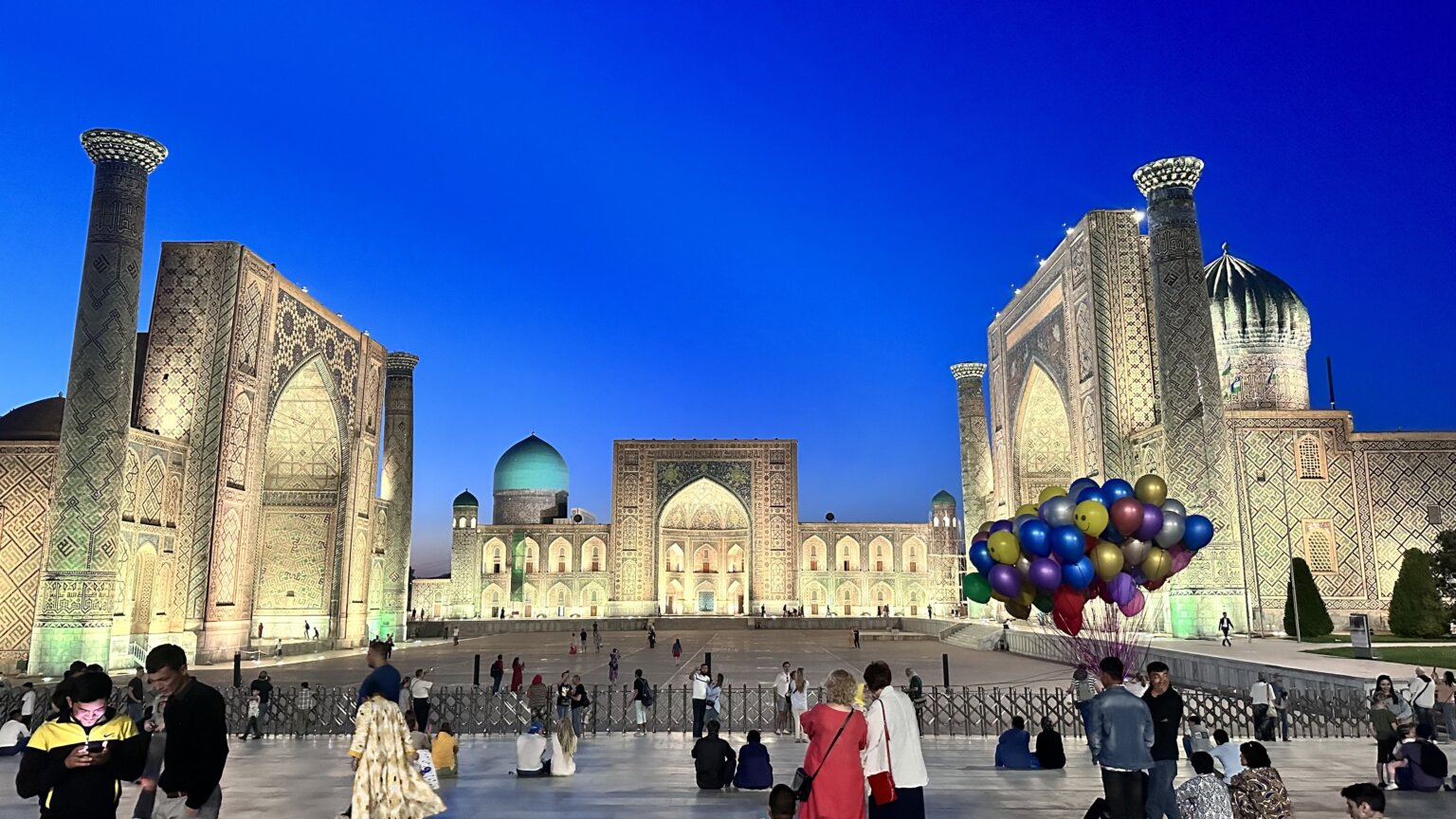
Registan at night
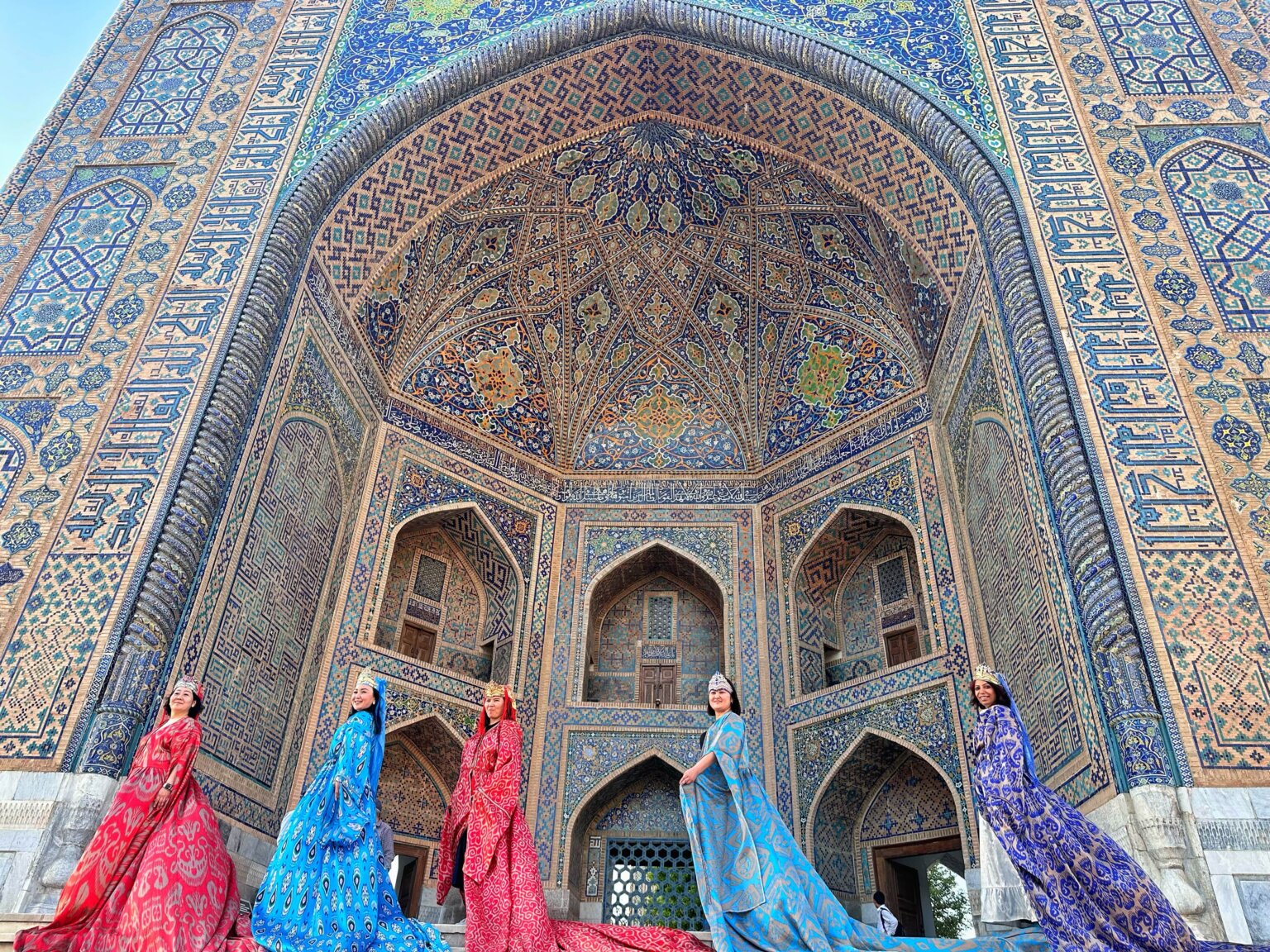
The most intriguing part of Registan, for me, was the exteriors at night. I spent almost an hour just sitting outside and staring at it, lit up, against the dark blue/ black skies of the night. We were also told that on some days, there’s a traditional music and dance performance that takes place right inside Sher-Dor Madrasah during sunset, but we waited there on both nights with no luck!
At night, we headed to the street across Registan, which was lined with several restaurants offering the traditional ‘tapchan’ (outdoor floor seating) with freshly barbecued kebabs and meats. One such restaurant - Labi G'or turned out to be my favourite. Such succulent meats, amazing collection of traditional Uzbek wines, and extensive menu for traditional foods.
Suggested local homestay in Samarkand, right next to Registan: Furkat Guest House
Day 3: Samarkand
Start your day by visiting Bibi-Khanym Mosque. A magnificent mosque originally constructed in the 15th century, it is named after Timur's favorite wife, Bibi-Khanym, in what is often referred to as Timurid-era architecture (for the historically daft, Timur was a famous Central Asian conqueror). Intended to be one of the most magnificent mosques of its time, its size and splendor were meant to symbolize the power and wealth of Timur’s empire. The mosque's entrance gate is particularly impressive, with its massive size and intricate blue tilework. As with most sites, there is an entrance fee to explore the interiors of this monument. The large courtyard and main prayer hall are surrounded by elegant iwans (vaulted halls) adorned with intricate tilework and calligraphy. The interior of the mosque is decorated with beautiful painted tiles and patterns.
Next to the Biib-Khanym Mosque is Siob Bazaar, an open-air bazaar selling fresh foods, fruits, spices, and souvenirs. Like the Chorsu Bazaar (minus the architecture), this is a good place to buy some local produce. From here, just another 10 min walk ahead, is Shah-i-Zinda. But just before we arrived at Shah-i-Zinda, we noticed another beautiful complex across the bridge where we decided to enter as the architecture looked quite interesting and found out that it is the Hazrat-Hizr Mosque. The 8th-century mosque that once stood here was burnt to the ground by Chinggis (Genghis) Khan in the 13th century and was not rebuilt until the 1990s when it was restored by a wealthy Bukharan and today it’s one of Samarkand’s most beautiful mosques, with a fine domed interior and views of Bibi-Khanym Mosque, Shah-i-Zinda and Afrosiab from the minaret. We spent about 20 minutes exploring this place before finally heading to my second favorite place in Samarkand – Shah-i-Zinda.
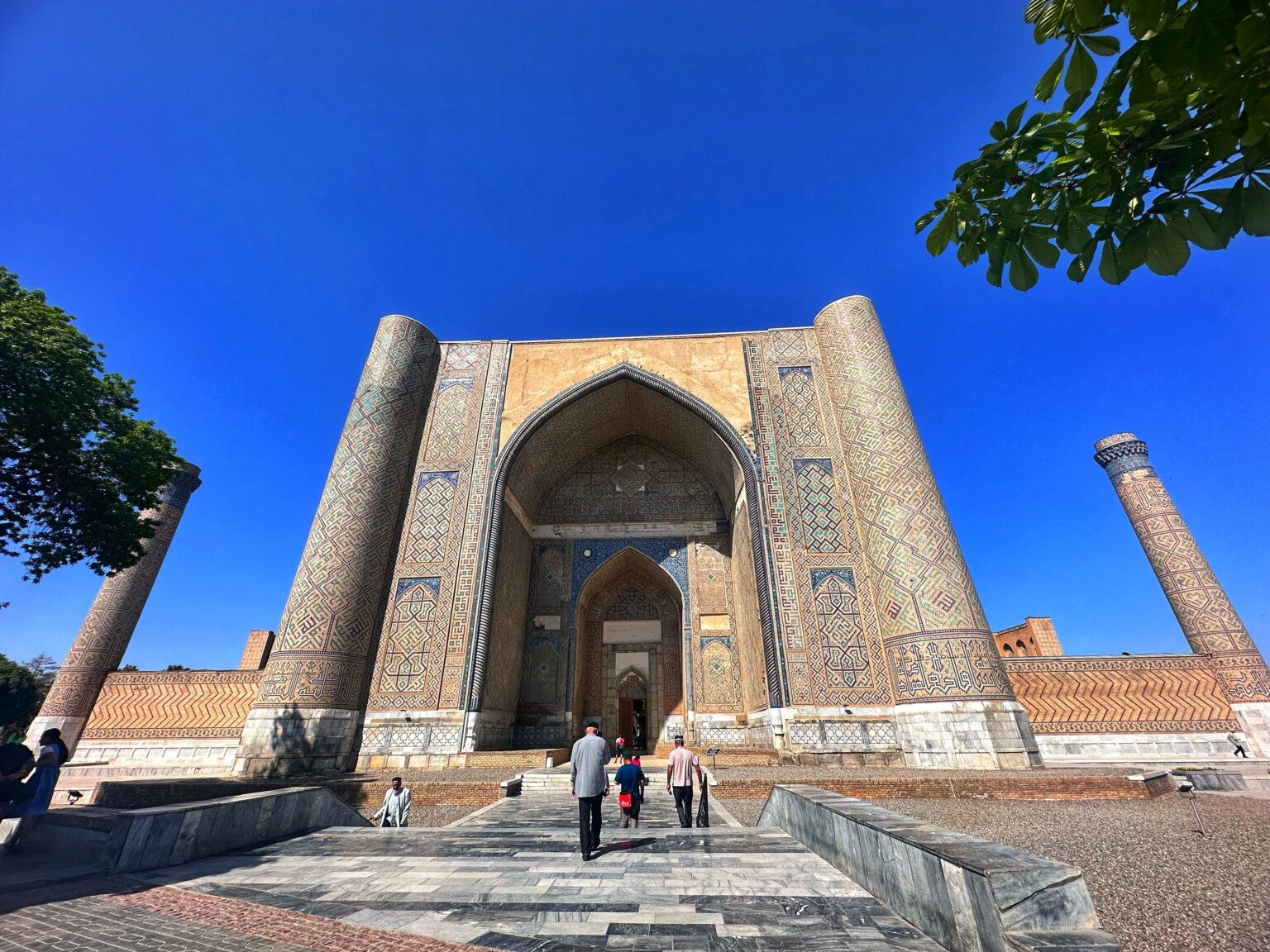
Bibi-Khanym Mosque
Shah-i-Zinda, which translates to "the Living King," is a complex of mausoleums and tombs believed to date back to the 11th to 15th centuries. It is a burial place of royalty, nobles, and other prominent figures associated with the ruling elite and religious leadership of the region. The necropolis is considered one of the holiest sites in Samarkand and an important pilgrimage destination for Muslims. The boasts a stunning array of mausoleums and tombs, each adorned with intricate tilework, colorful mosaics, and elaborate geometric patterns, typical of Timurid-era architecture. I couldn’t get enough photos here; I was totally in awe!
Quite close to Shah-i-Zinda, there’s an ancient hammam called "Hammam Dovudi". It is not a popular place to visit in Samarkand but if you’re looking for a slightly offbeat experience in the middle of the city, and hammams or ancient baths are your thing, then this one should make it to you list. Run by a local family, the place is old and original. It is not fancy, but the experience provided is quite personal – you get to relax in the chambers before being treated to hot stone warming session followed by an (intense) massage, scrub, and skin treatment. A very authentic & historical experience but don’t expect luxury!
Finally, we headed to Gur Emir Palace, one of the most significant architectural monuments in Central Asia which serves as the final resting place for several members of the Timurid dynasty, including the famed conqueror Timur (Tamerlane) himself. To us Indians, this monument is even more significant as it is known to be the inspiration behind the construction of Taj Mahal, an iconic historical monument located in Agra, India, and one of the seven wonders of the world. Not only is the exterior of the mausoleum stunning, adorned with intricately patterned tiles in hues of blue, turquoise, and white, but the interior is no less impressive, decorated with delicate mosaics and verses from the Quran written in calligraphy.
To end the evening, we headed to yet another off-beat location (and experience) in Samarkand – Khovrenko Winery. One cannot imagine that Uzbekistan would grow their own wines because they aren’t popular, but they were quite nice! We bought a package for USD 20 that gave us access to an English-speaking guide who explained the history of winemaking in Uzbekistan, along with tasting of 10 different types of wines, brandy, and vodka. We were the only ones there, so we got a personalized experience!
Day 4: Bukhara
I was really upset about having to cut out Bukhara from our trip because of the lack of time and the inability to get bullet trains, as they were sold out. Samarkand to Bukhara by the normal train takes about 2.5 hours whereas the Afrosiyob High Speed Train takes a little over an hour. While I didn’t manage to make it there, I am dropping here what was my original plan for the day at Bukhara.
Bukhara is an even smaller, more cultural city in Uzbekistan and is known worldwide for its cuisine, with numerous Uzbek restaurants and dishes named after the city. From Tashkent to Samarkand to Bukhara, you’re going more rural, more traditional & definitely, richer culturally & historically. Start your exploration with Lyabi Khauz, a modern plaza with a pool right in the center, surrounded by different structures of cultural & historical significance which are today home to several souvenir shops. The pool was once used for swimming by the public but had to be shut down after it began to become the hotbed for spreading diseases in the city. Today, the plaza is a gathering point for the locals to enjoy some tea, food & chitchat. This is a good place for a breakfast stop!
Located in the Lyab-i Hauz complex is the Chor Minor Madrasah, a structure with four iconic towers or minarets, crowned with azure-blue domes. The building’s architecture is quite unique, even though it is itself quite small when compared to other historical monuments that you will be visiting in Bukhara. From here, on your way to Poi-Kalyan, you will the Trading Domes of Bukhara. Similar to other bazaars that you might have visited in Tashkent & Samarkand, these markets sell everything from leather goods, souvenirs, fresh foods and meats, and local handicrafts.
You’re not in what is known as the Old City of Bukhara. The Historic Centre of Bukhara is more than two thousand years old and is one of the best examples of well-preserved Islamic cities of Central Asia, from the 10th to 17th centuries. Some iconic sites in this area, totally Instagrammable and awe-inspiring because of the architecture, are: Poi-Kalyan complex (with Kalan Mosque, Kalan Minaret and Amir-Allimkhan Madrasah). The Kalan Minaret is the #1 photographed location in Bukhara.
In the old city, you will also find the #2 most photographed location in Bukhara – Ark of Bukhara. Located in Registan, start exploring the Ark from it’s iconic main gate. The Ark has an interesting history: it had traditionally served as a slave market as well as a public execution ground. Another interesting place to explore in Registan is the Bolo Hauz Mosque. Located on the opposite site of the Ark, the complex consists of a reservoir, a Friday Mosque and minaret. Bolo Hauz translates to ‘Children's reservoir’, which is the oldest part of the complex.
Also located in Old Bukhara is another iconic historical monument – Ulug’bek Madrasah. This is the first madrasah built by Ulug’bek (Temur’s grandson), in early 15th century and is a UNESCO World Heritage Site today. Finally, end your day with a relaxing hammam experience at Hamman Bozori Kord, one of the oldest functioning bathhouses in the world. This leisure activity was known to be enjoyed by royalty and common folk alike and is one of the most authentic cultural experiences you can have in Bukhara.
Suggested accommodation in Bukhara: Imperial Palace.
Day 5: Bukhara / Return to Tashkent
Depending on your arrival time in Bukhara, you might want to cover some things on this day as it might be too much to do in 1 day. In the afternoon / evening, return to Tashkent via the Afrosiyob High Speed Train which takes a little less than 4 hours (vs the normal train, which takes about 5.5 hrs). You may also choose to fly back via a direct domestic flight to Tashkent, to save on time.
Optional, if you have more time:
- Khiva: Yet another historic city located in the southwestern part of Uzbekistan, near the border with Turkmenistan, Khiva is one of the country's most well-preserved ancient cities and is renowned for its rich history and architectural heritage. Khiva's old town, known as Ichan Kala, is a UNESCO World Heritage Site and a major tourist attraction in Central Asia.
- Day trip from Tashkent to Charvak Lake & Chimgan Mountains: We went to Uzbekistan right after Kazakhstan so we decided to spend time exploring the historical sites rather than landscapes (Uzbekistan cannot surpass Kazakhstan when it comes to landscapes), but if you have some extra time and wish to get away from too much architecture & history lessons, this makes for a great day trip from Tashkent, into the mountains.
 Destinations
Destinations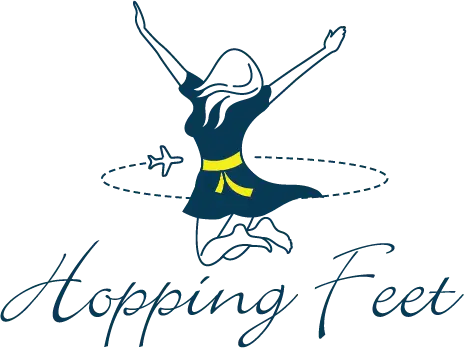
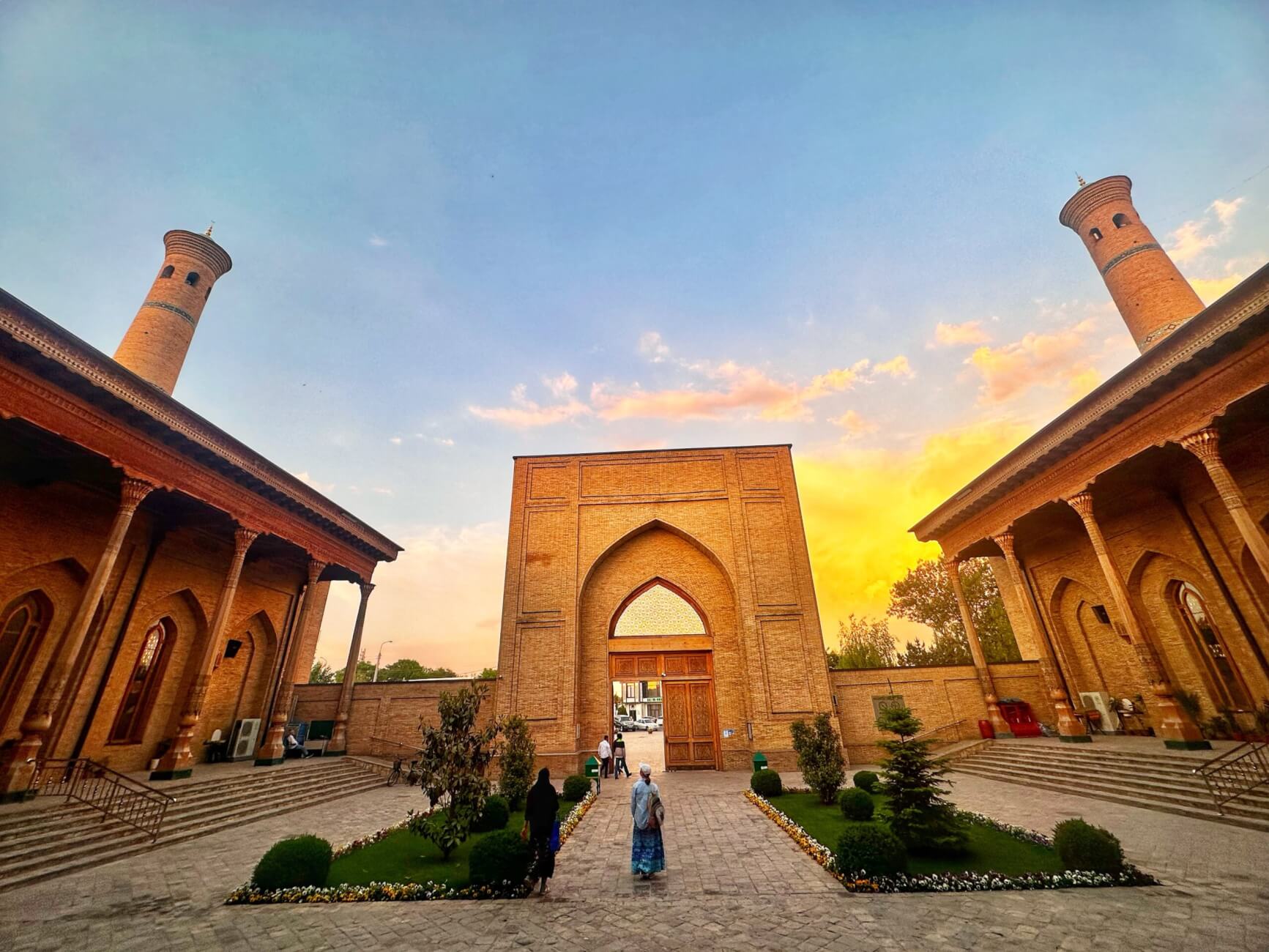
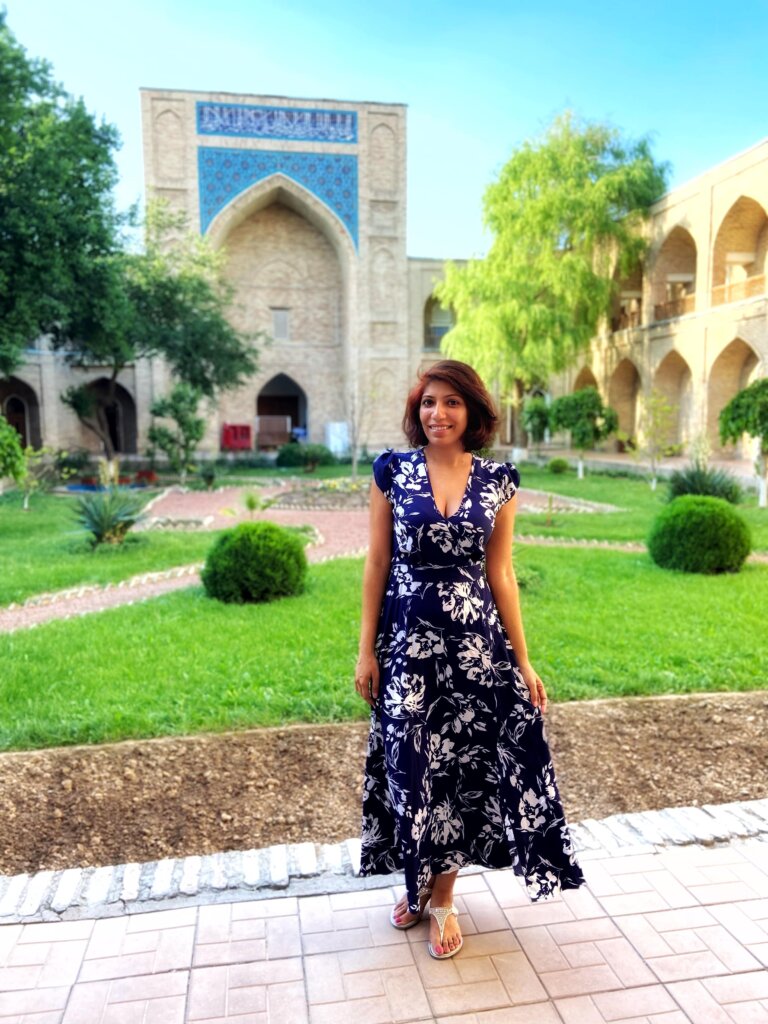
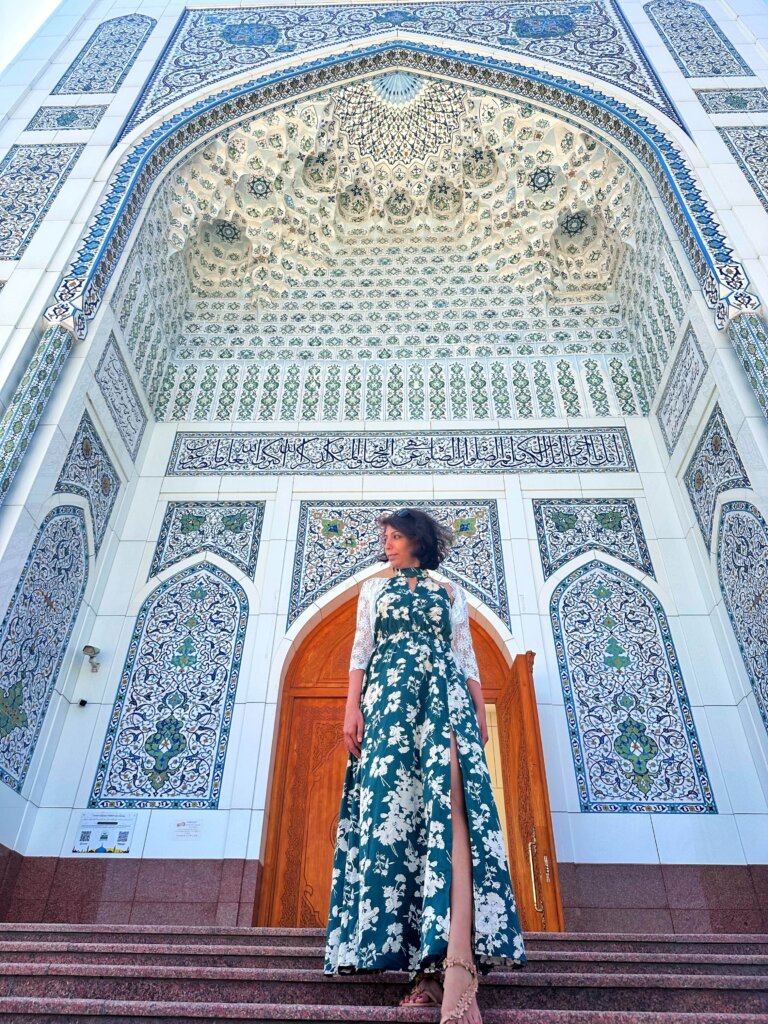

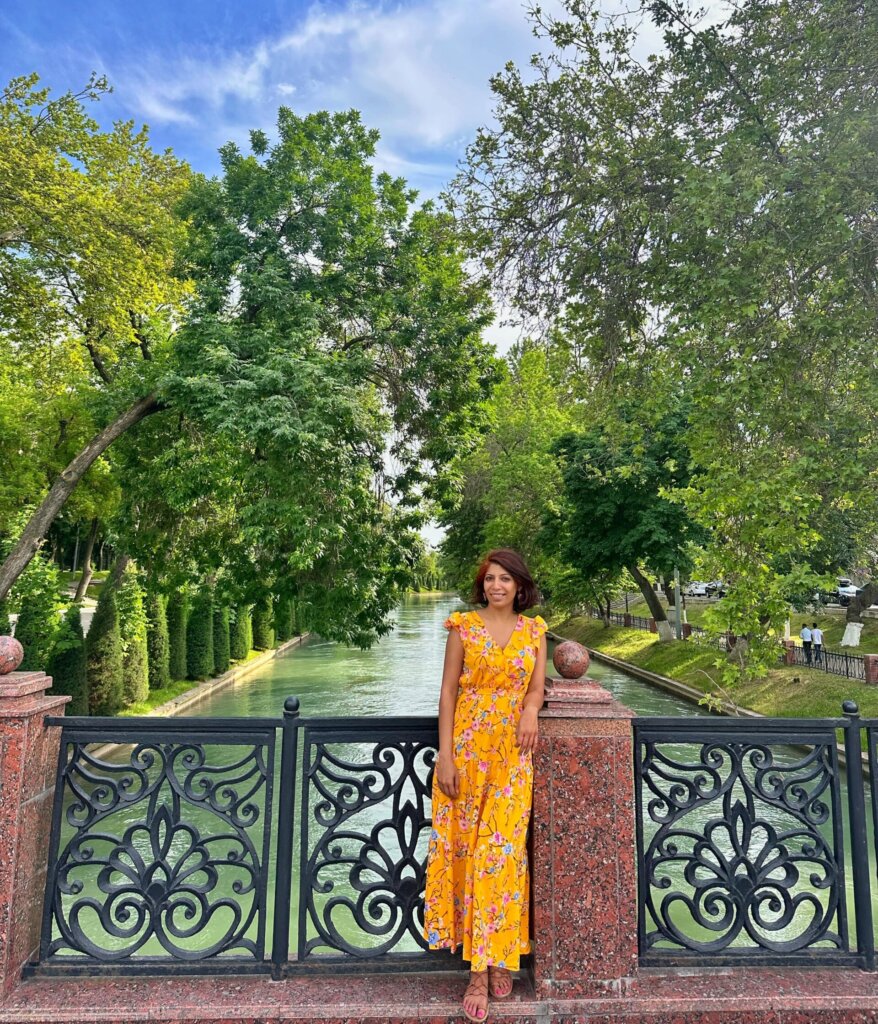
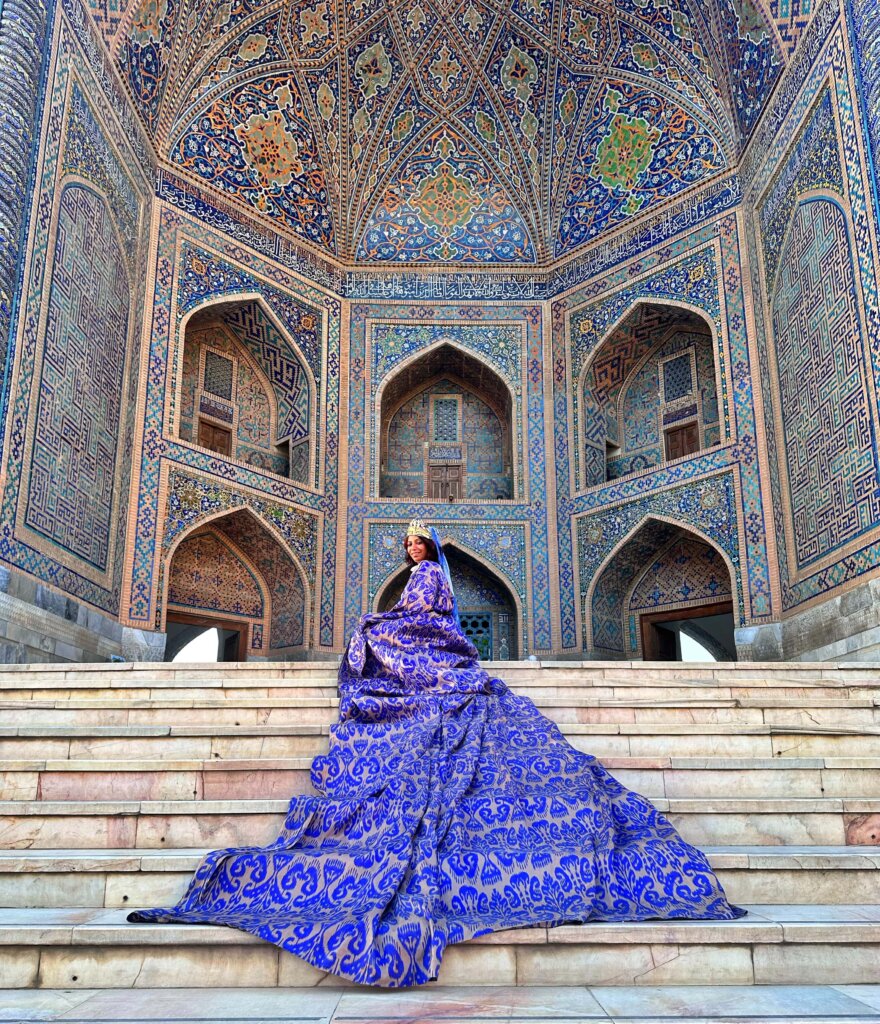
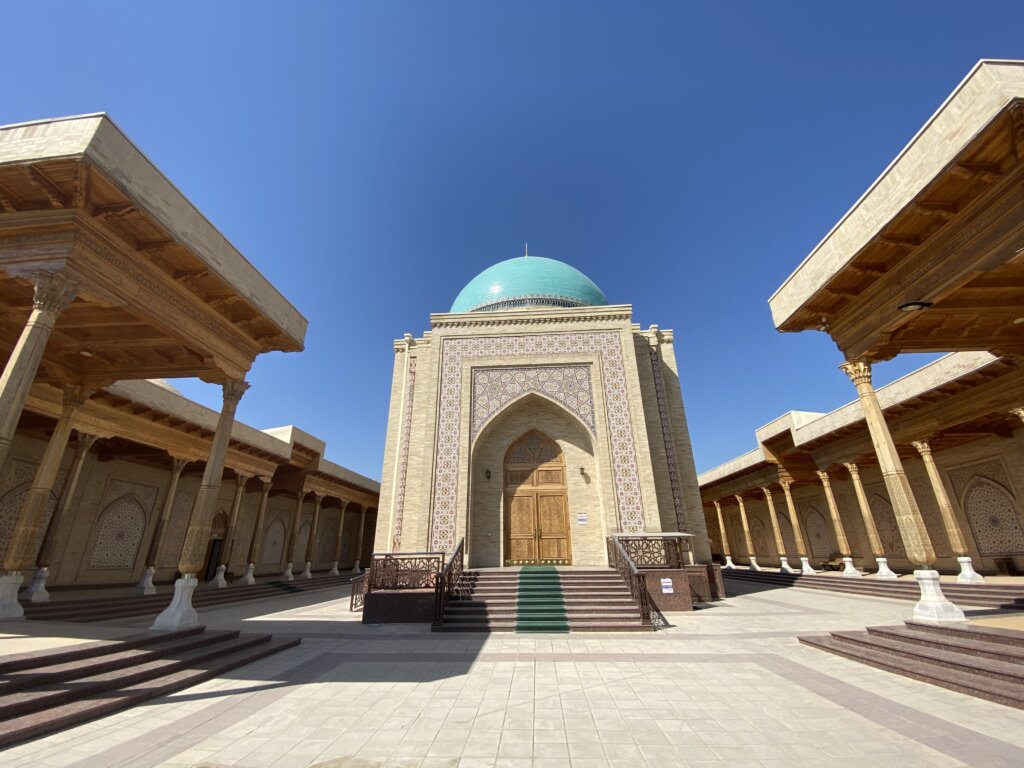
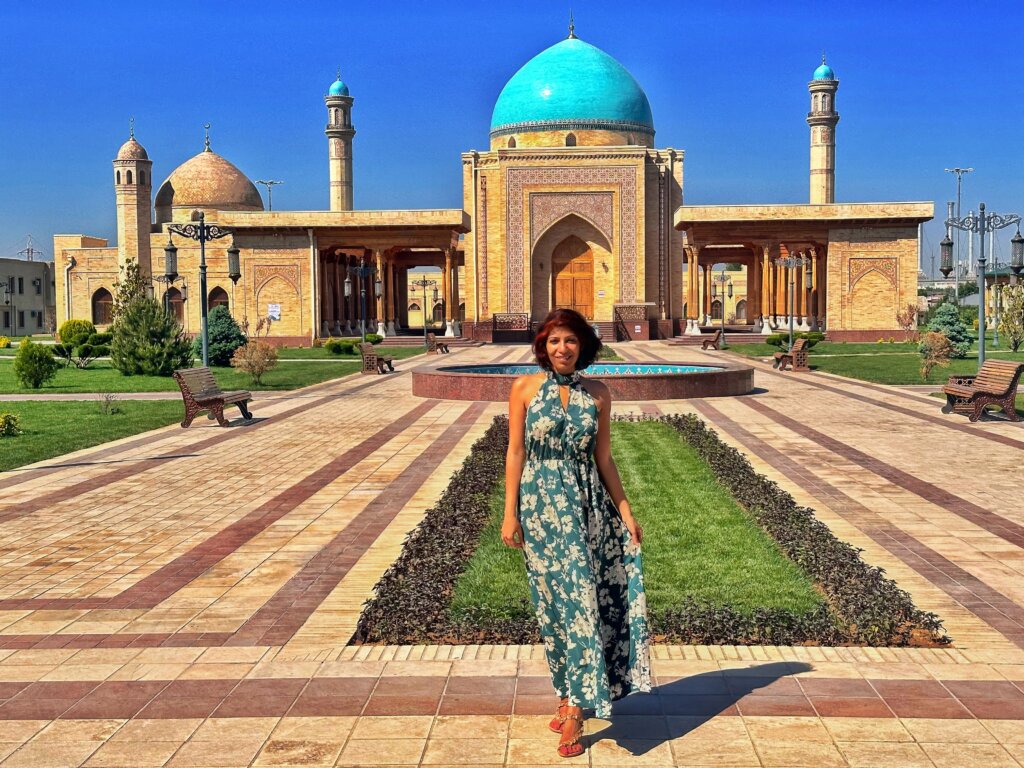

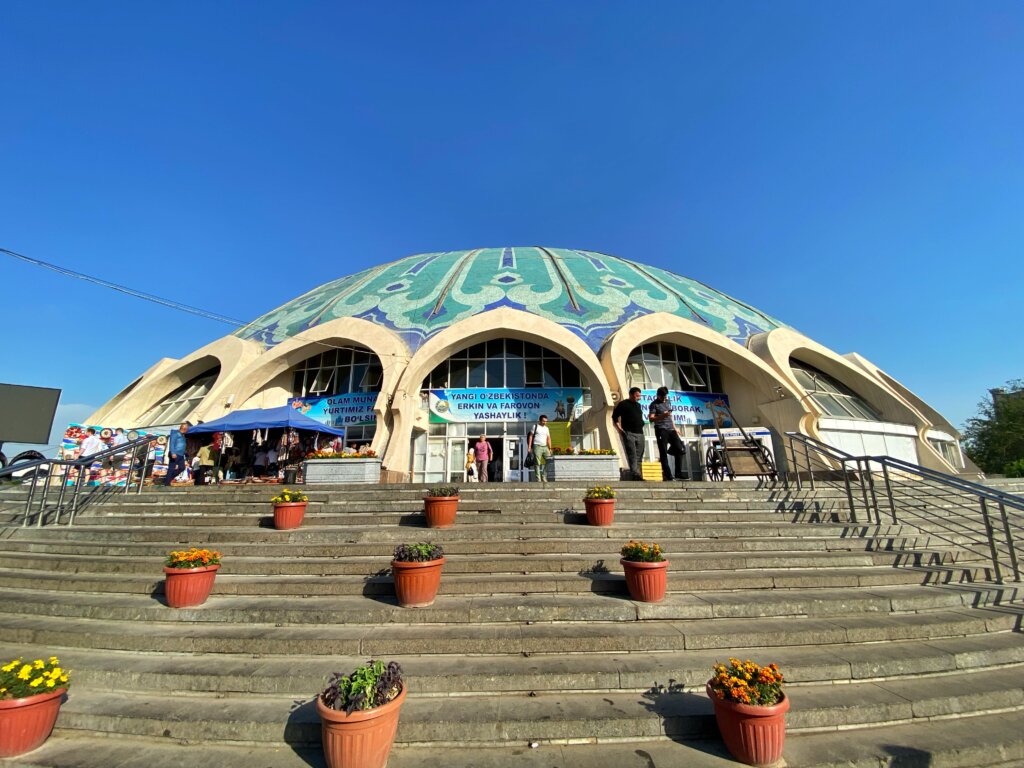
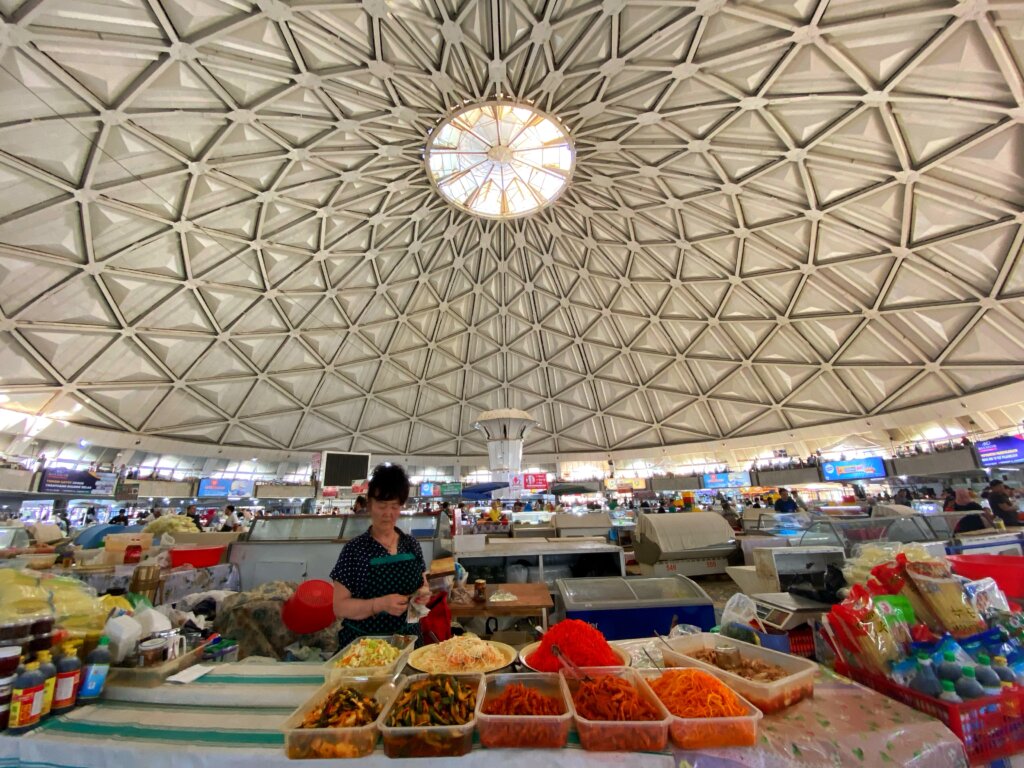
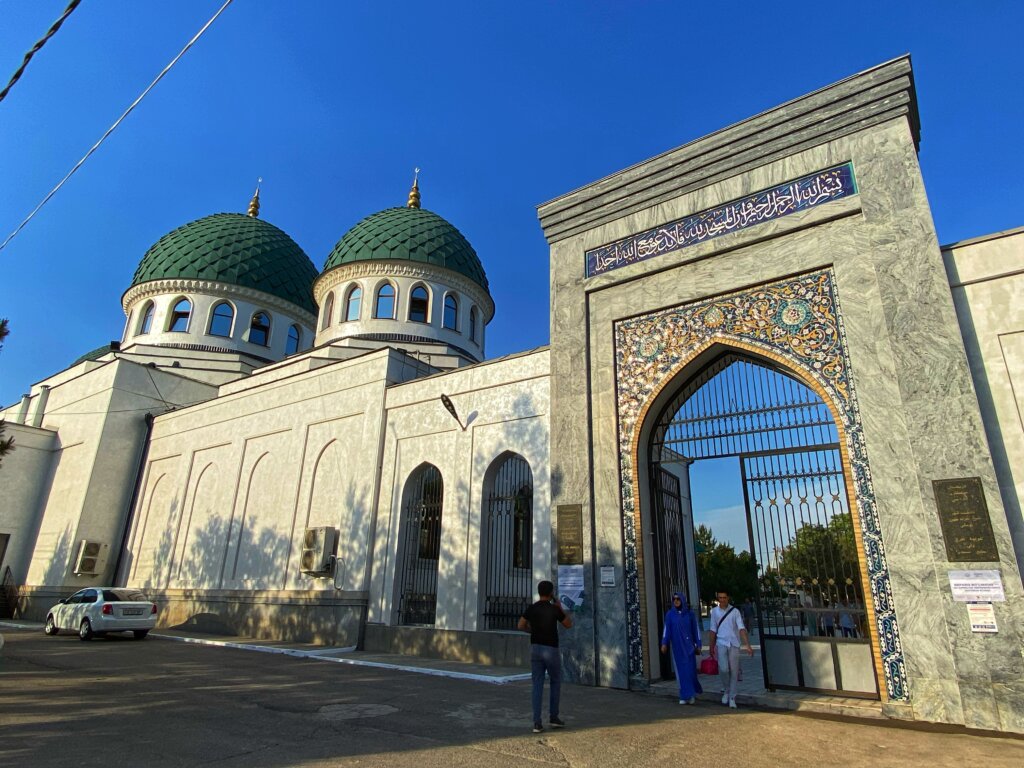
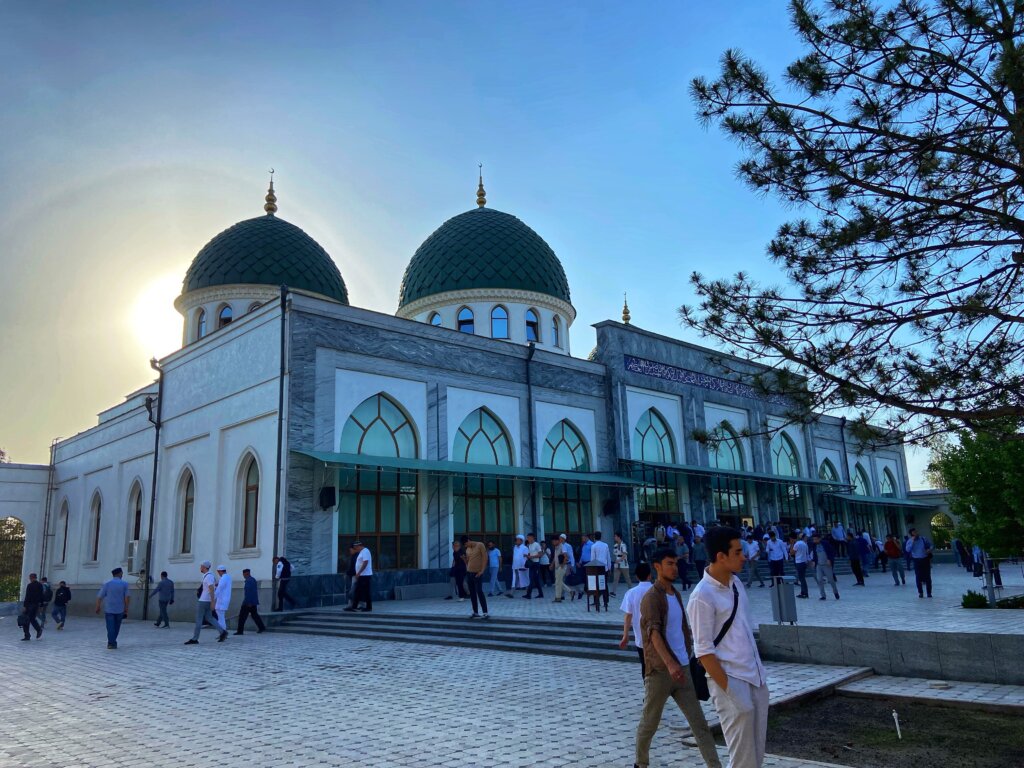
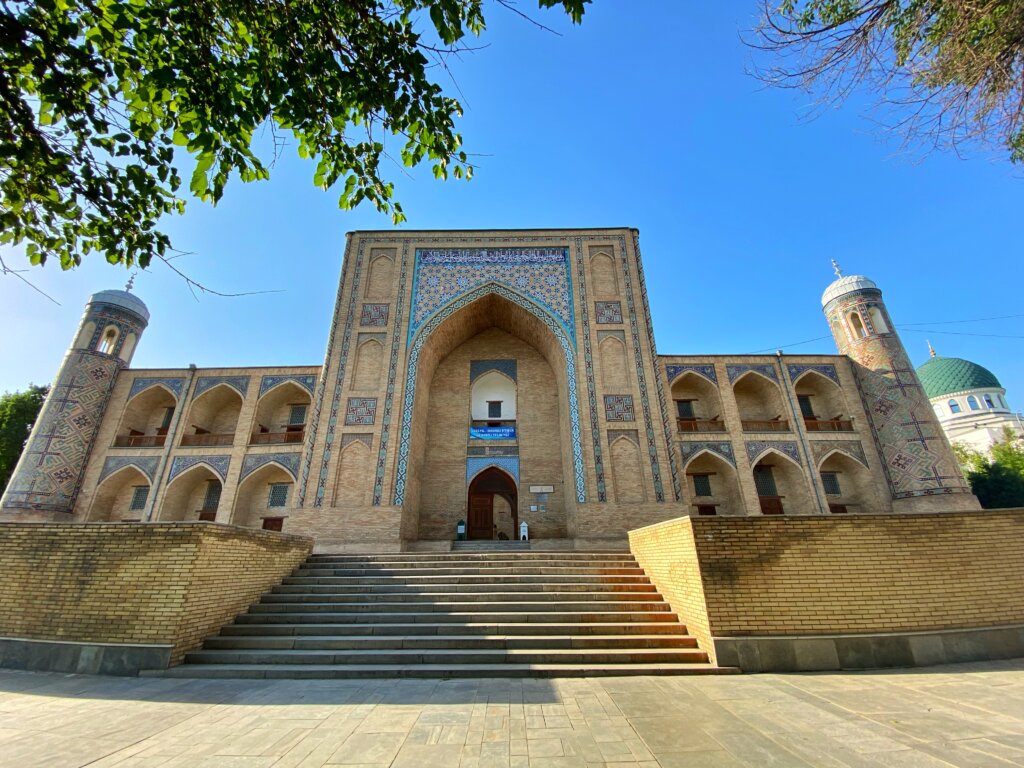
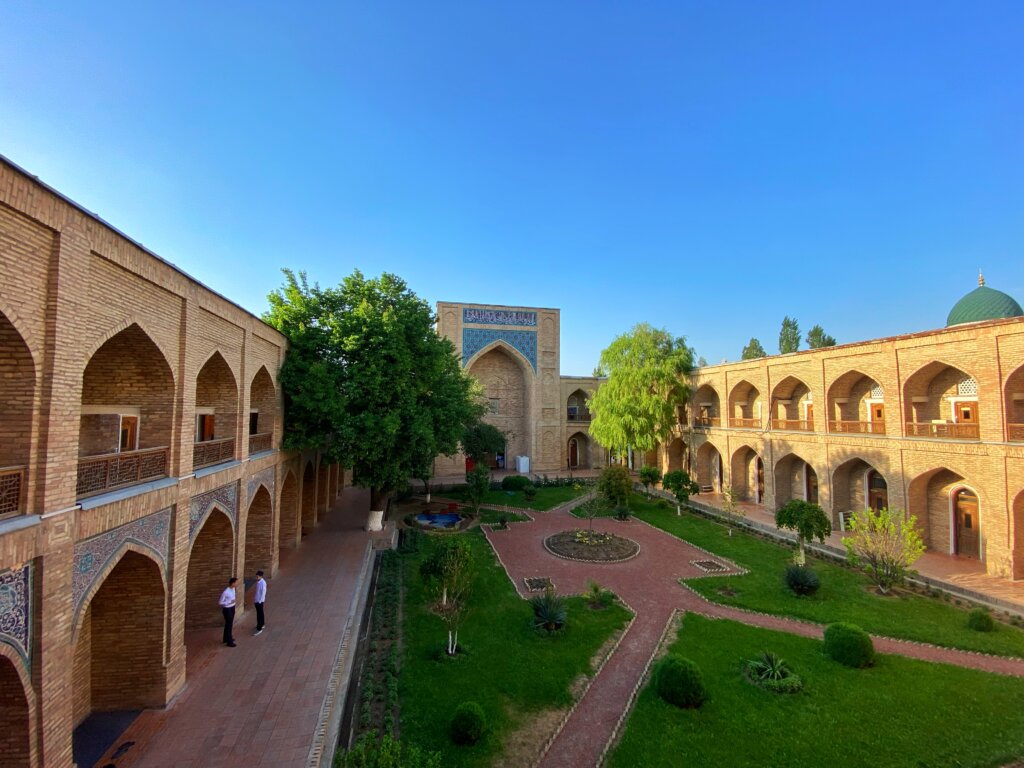
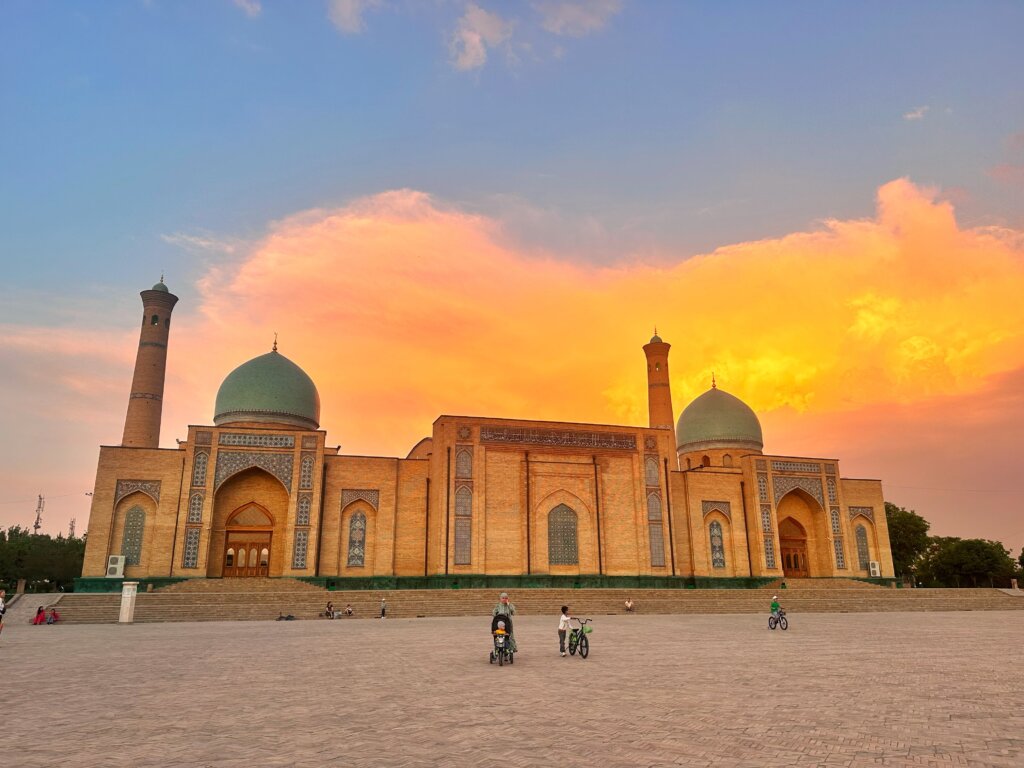
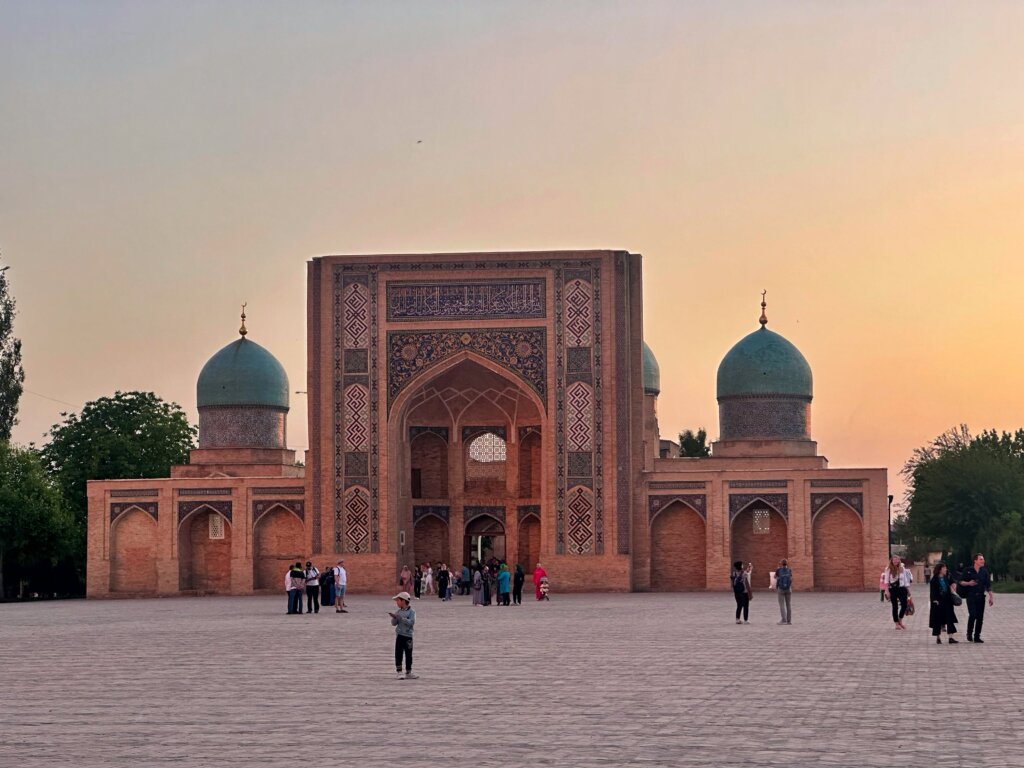
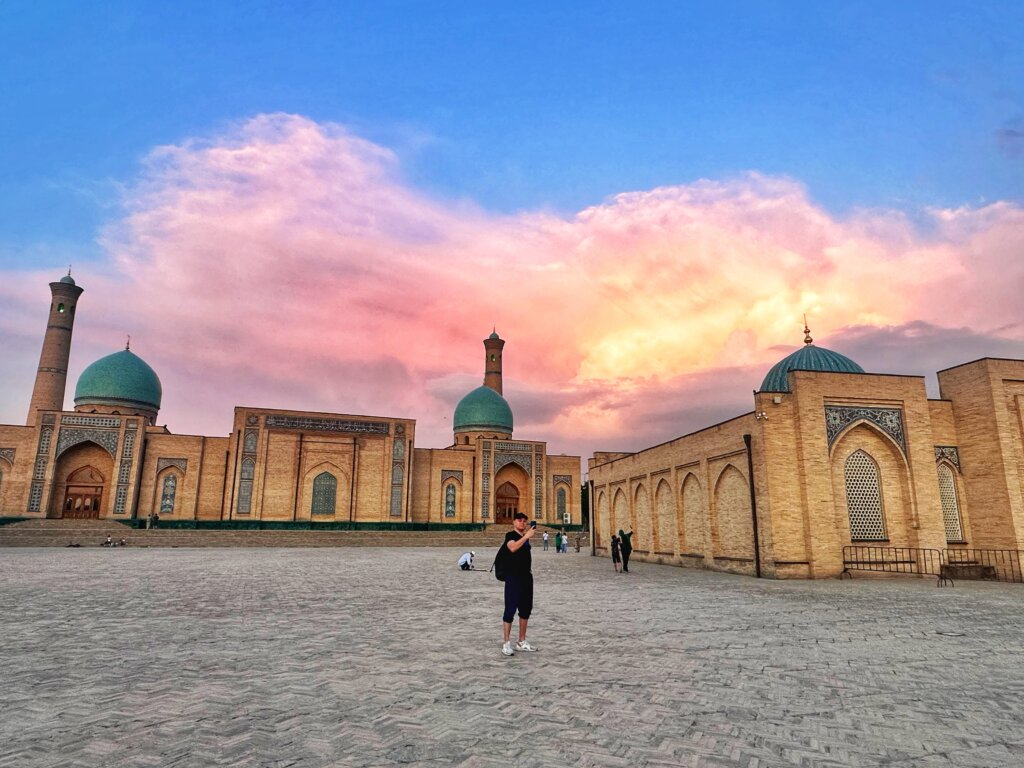


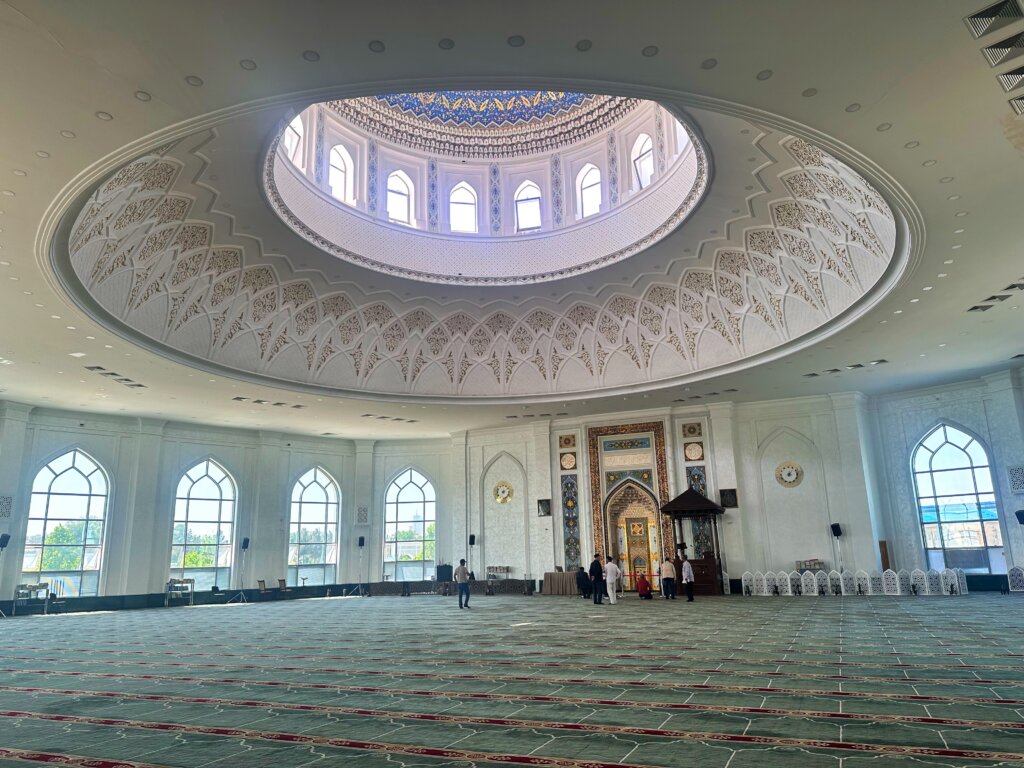
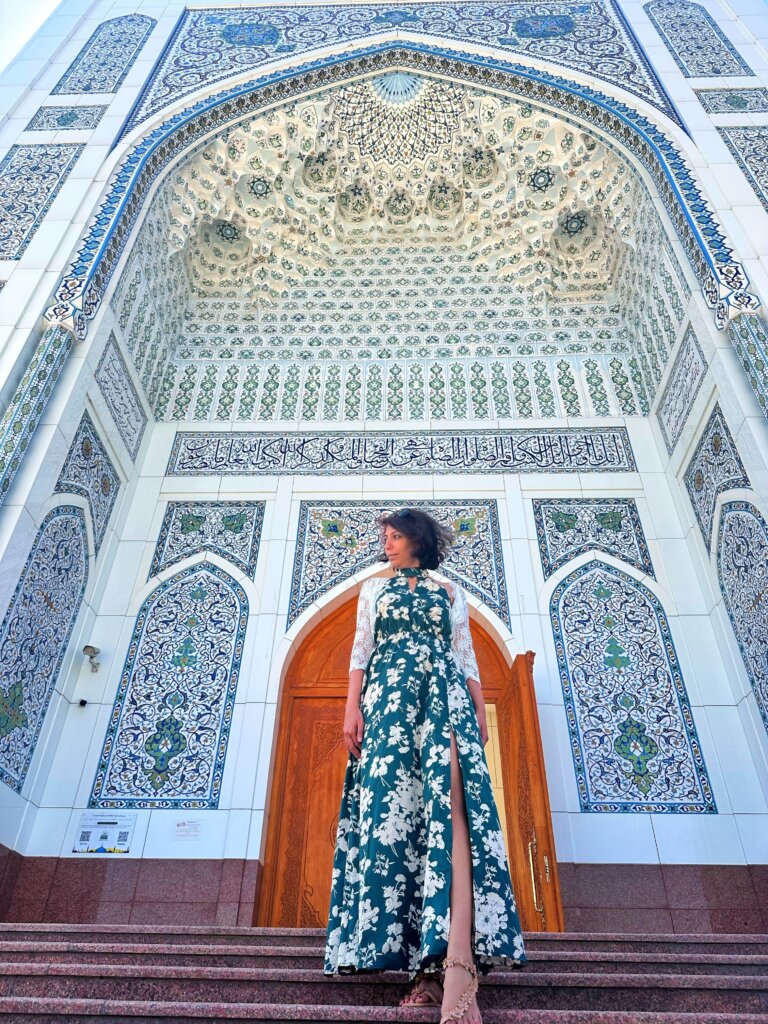
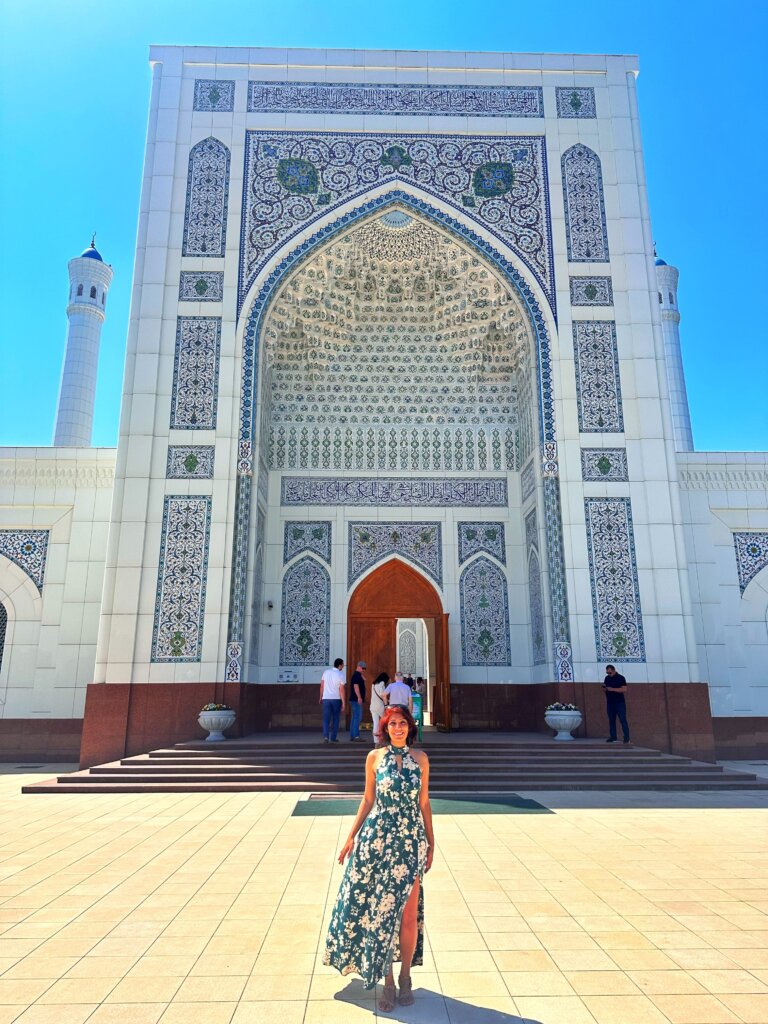
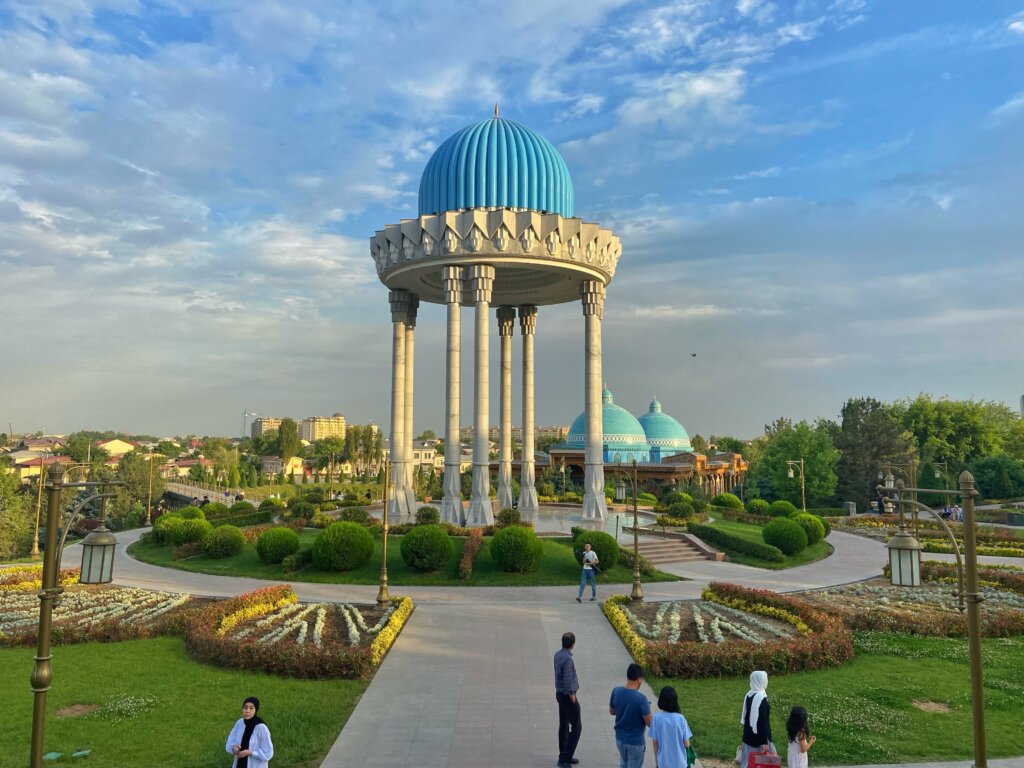
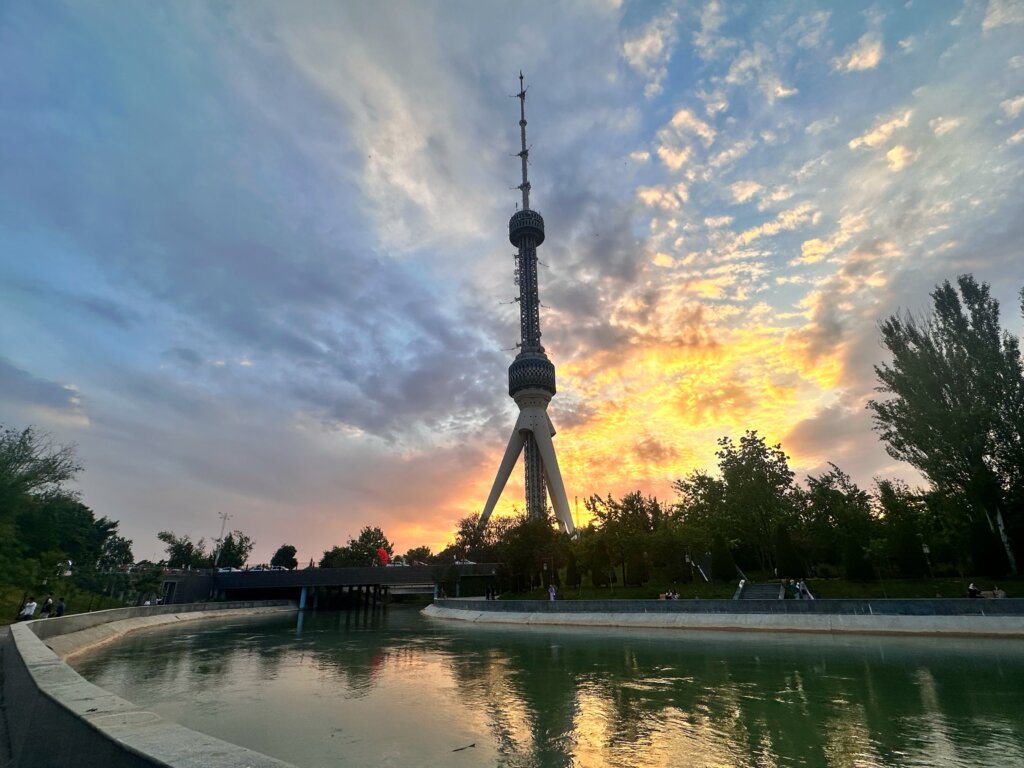
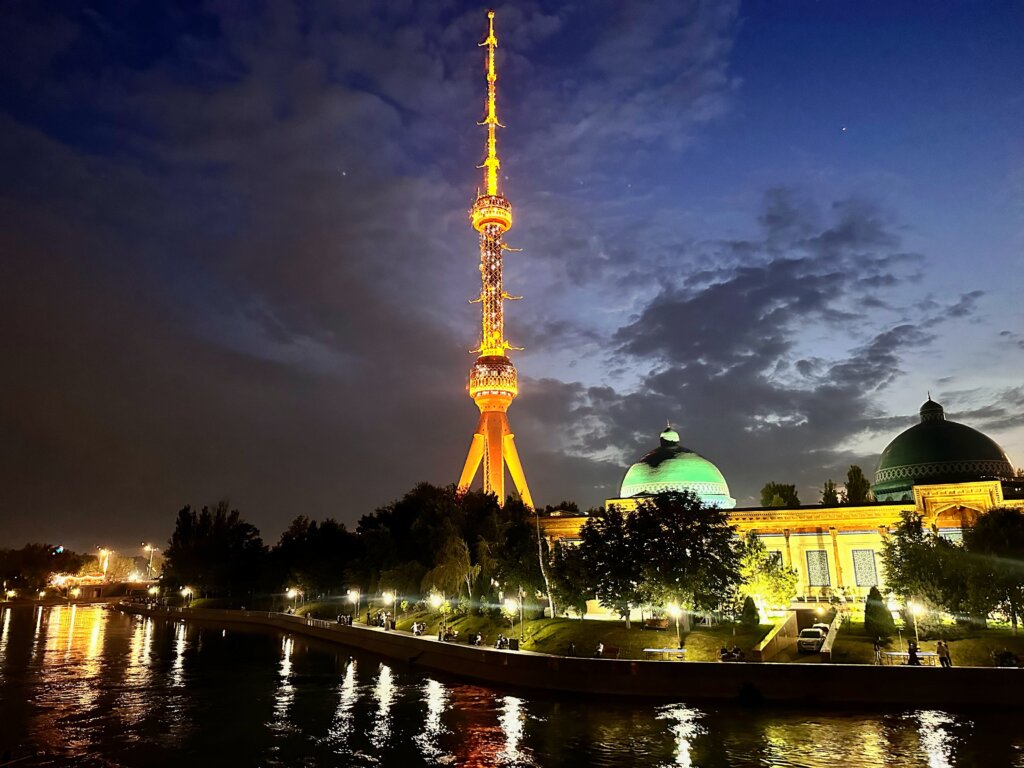
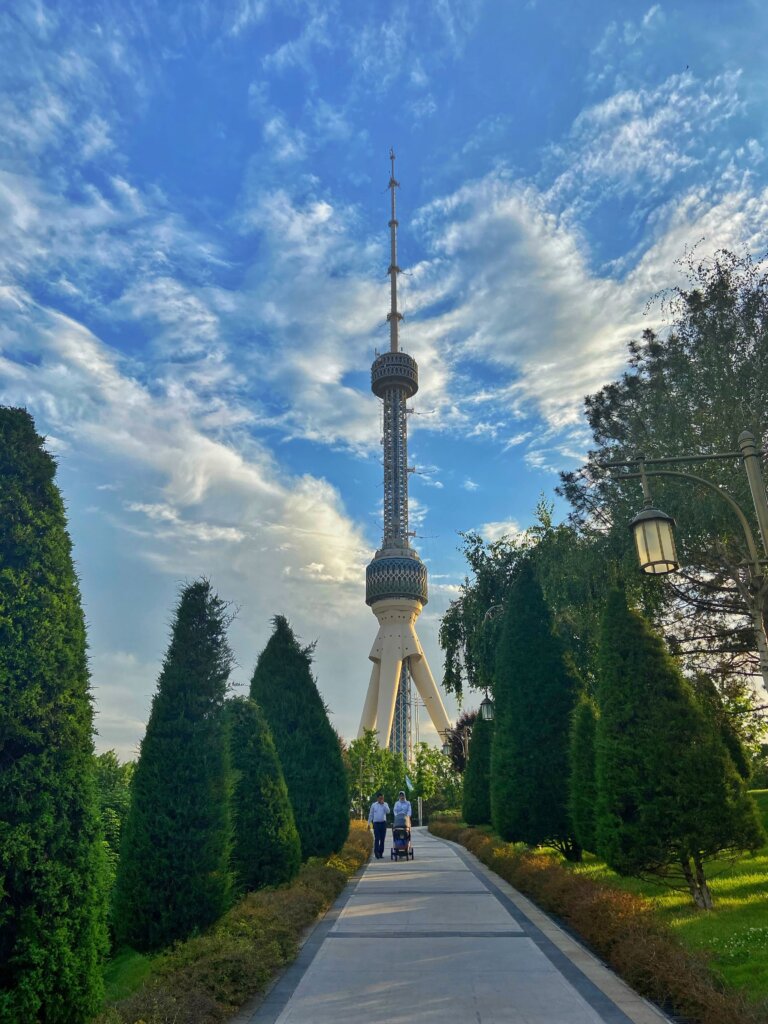


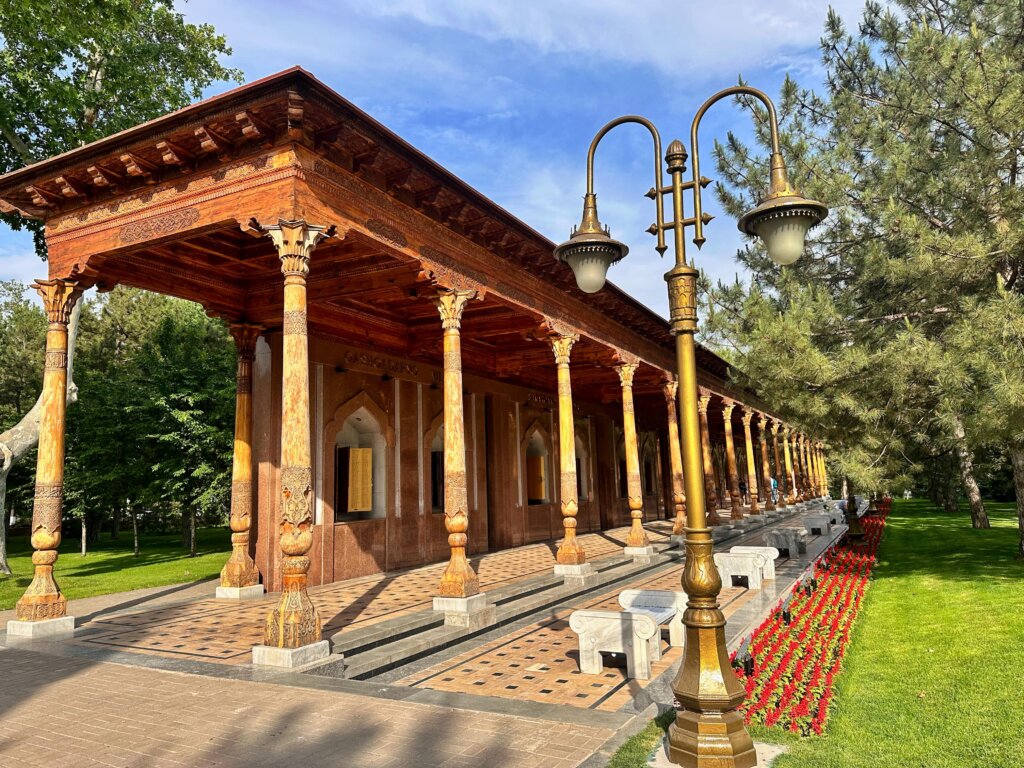
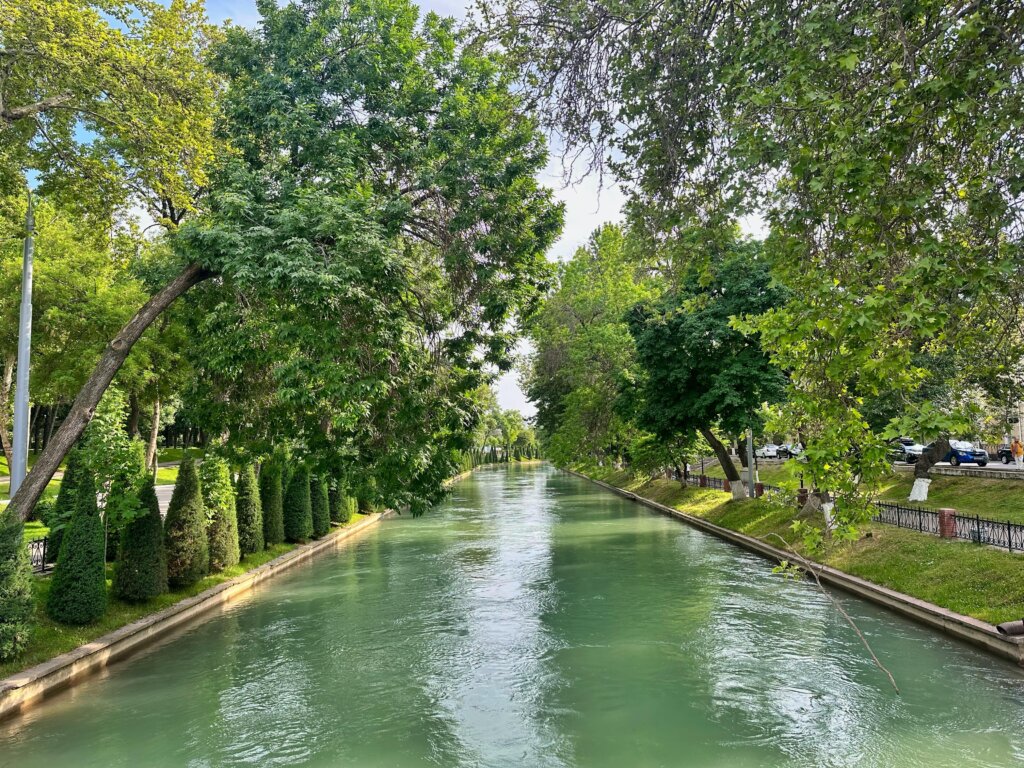
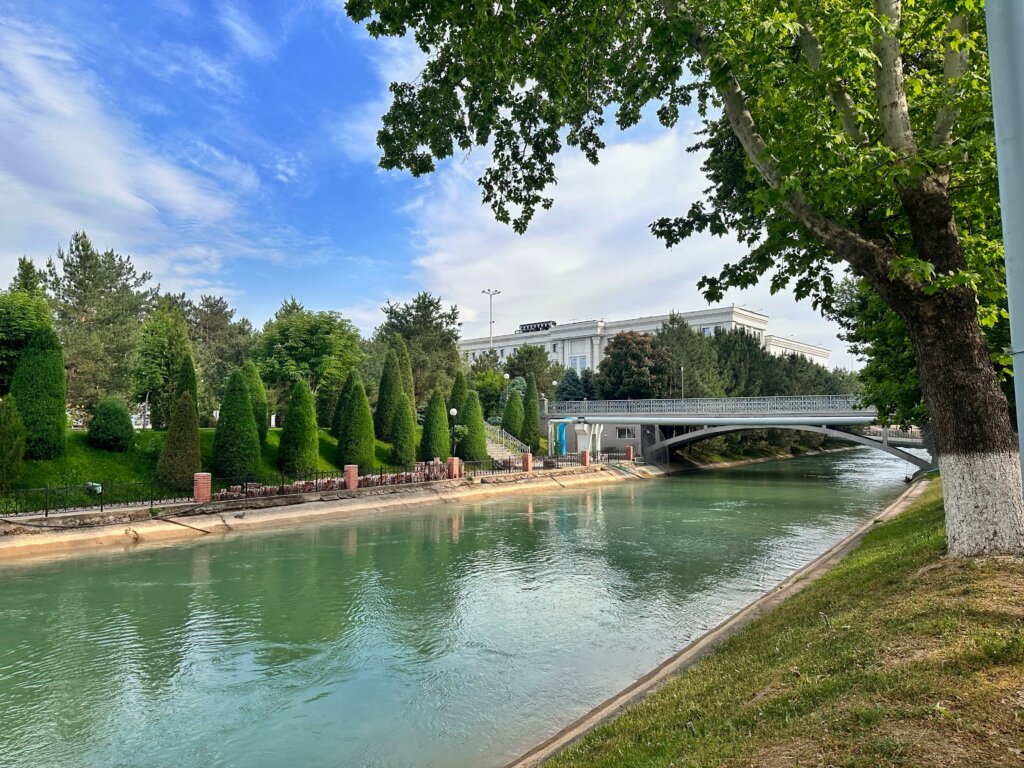
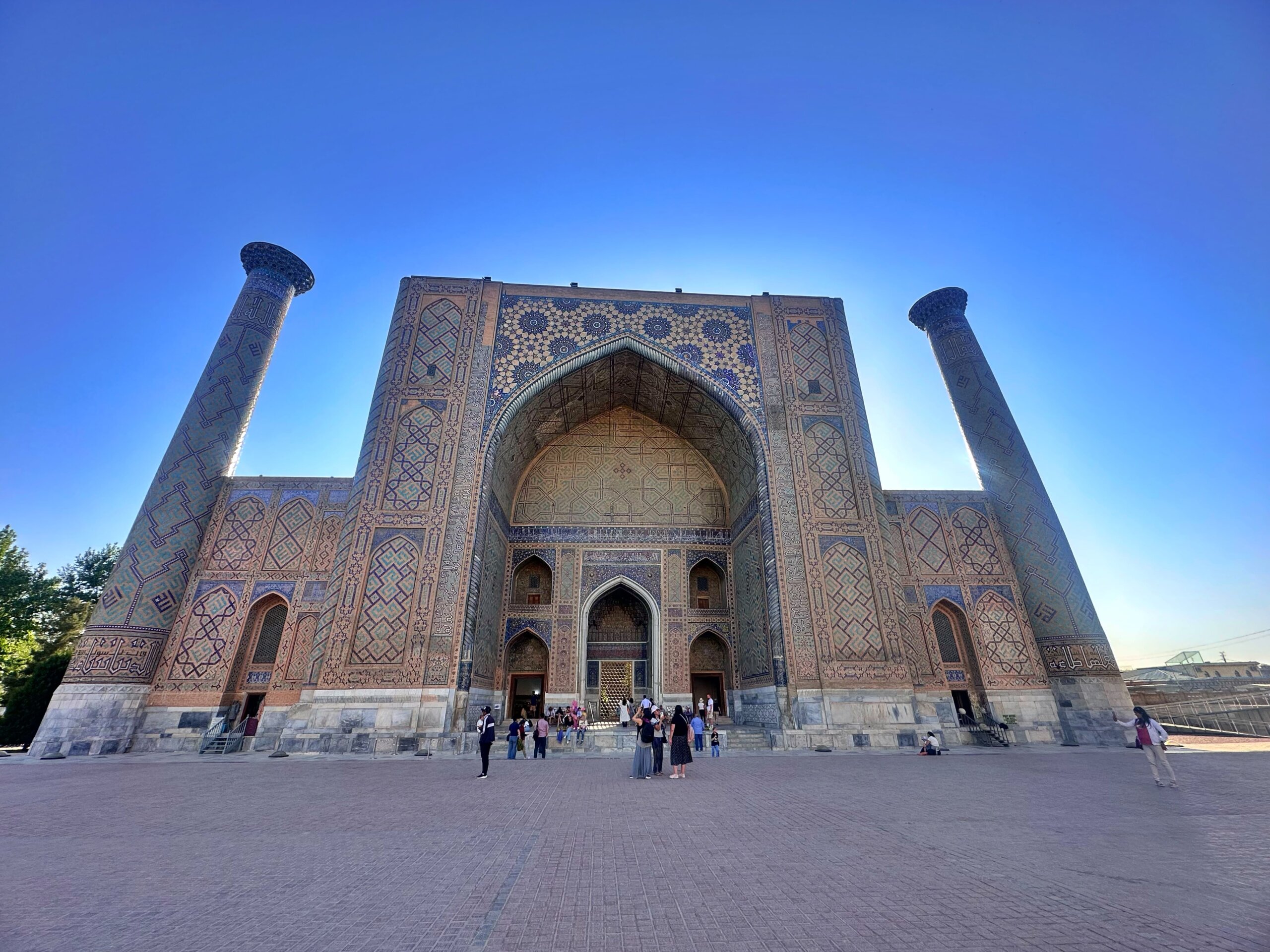
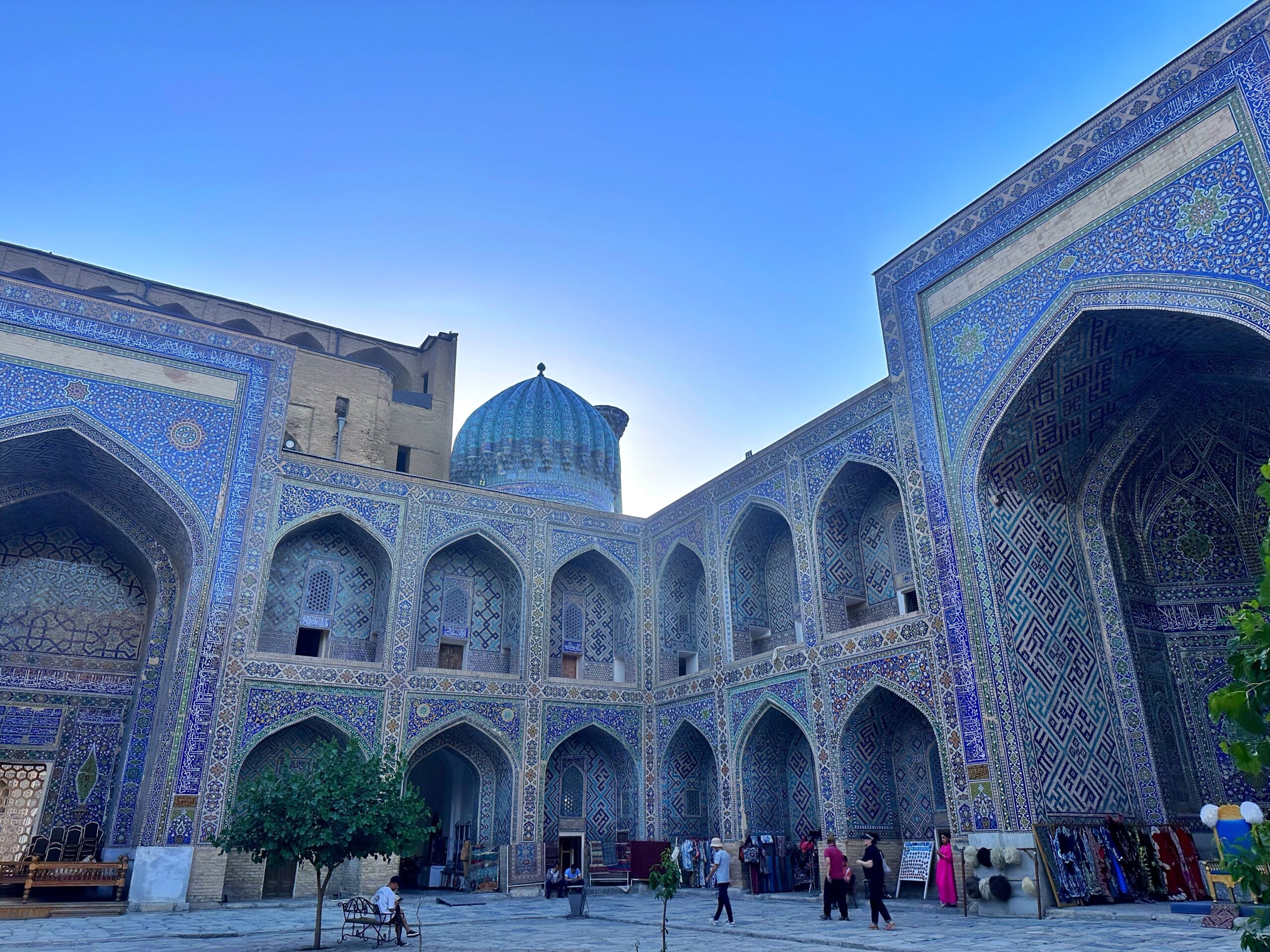
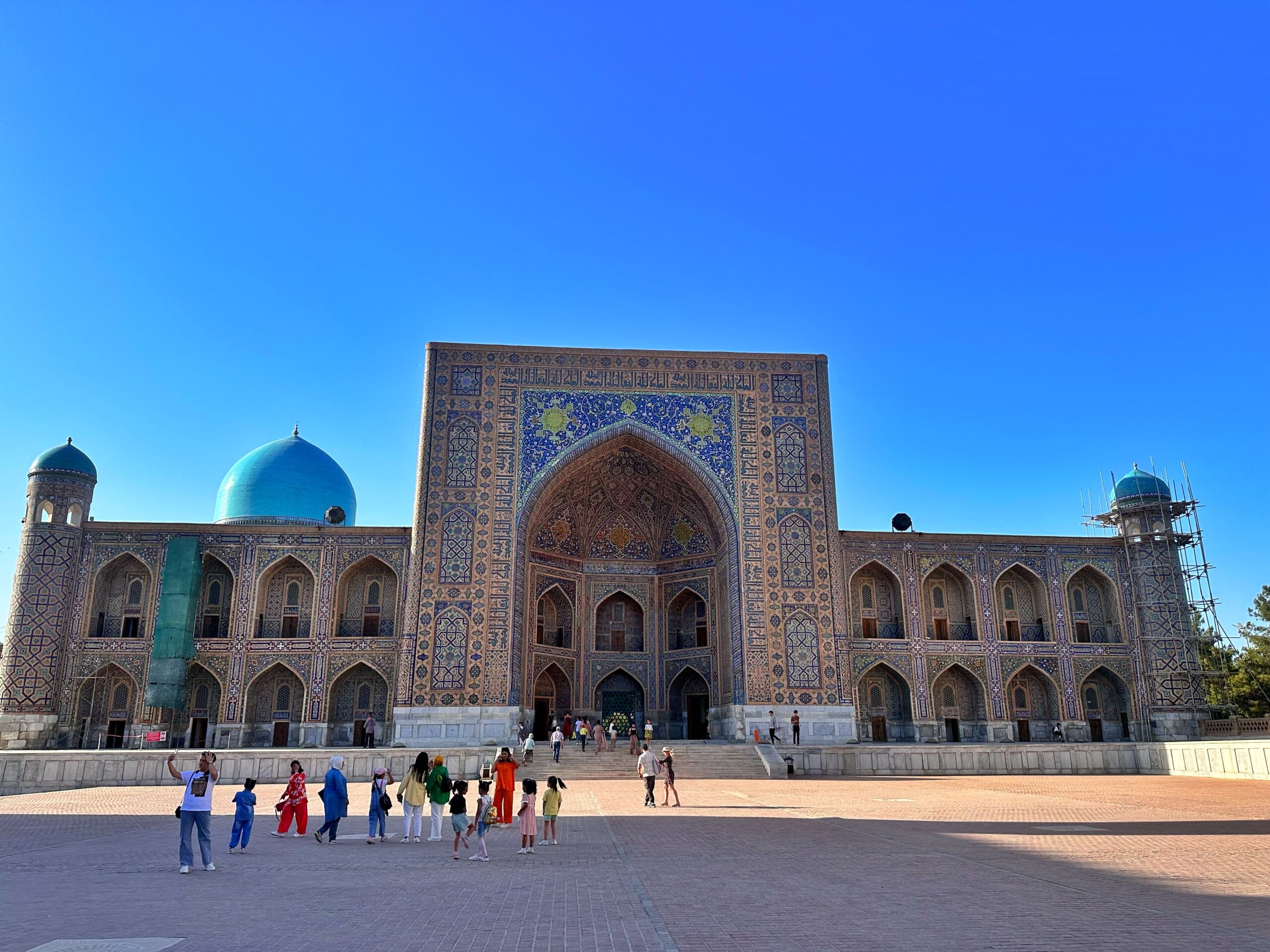
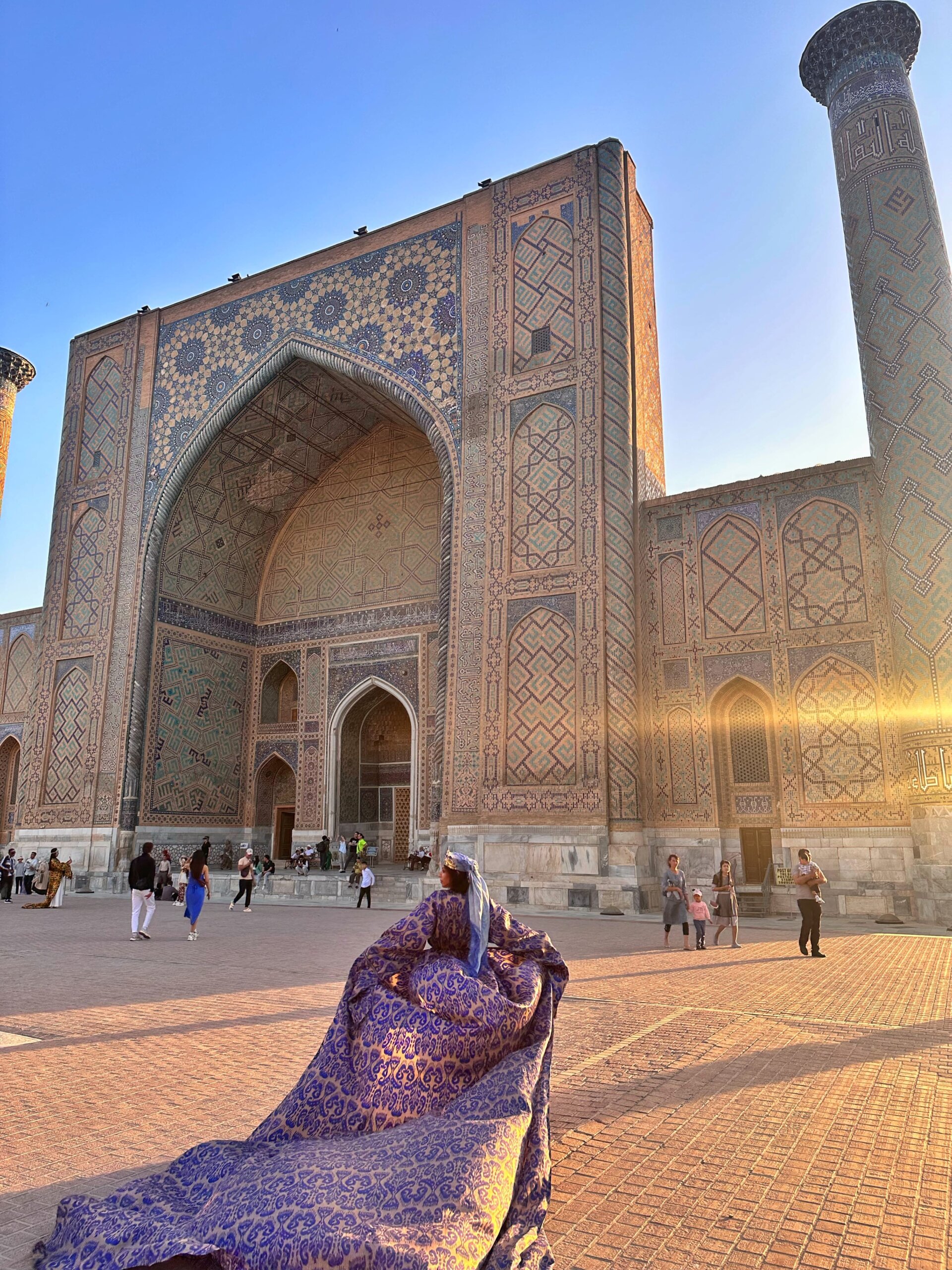
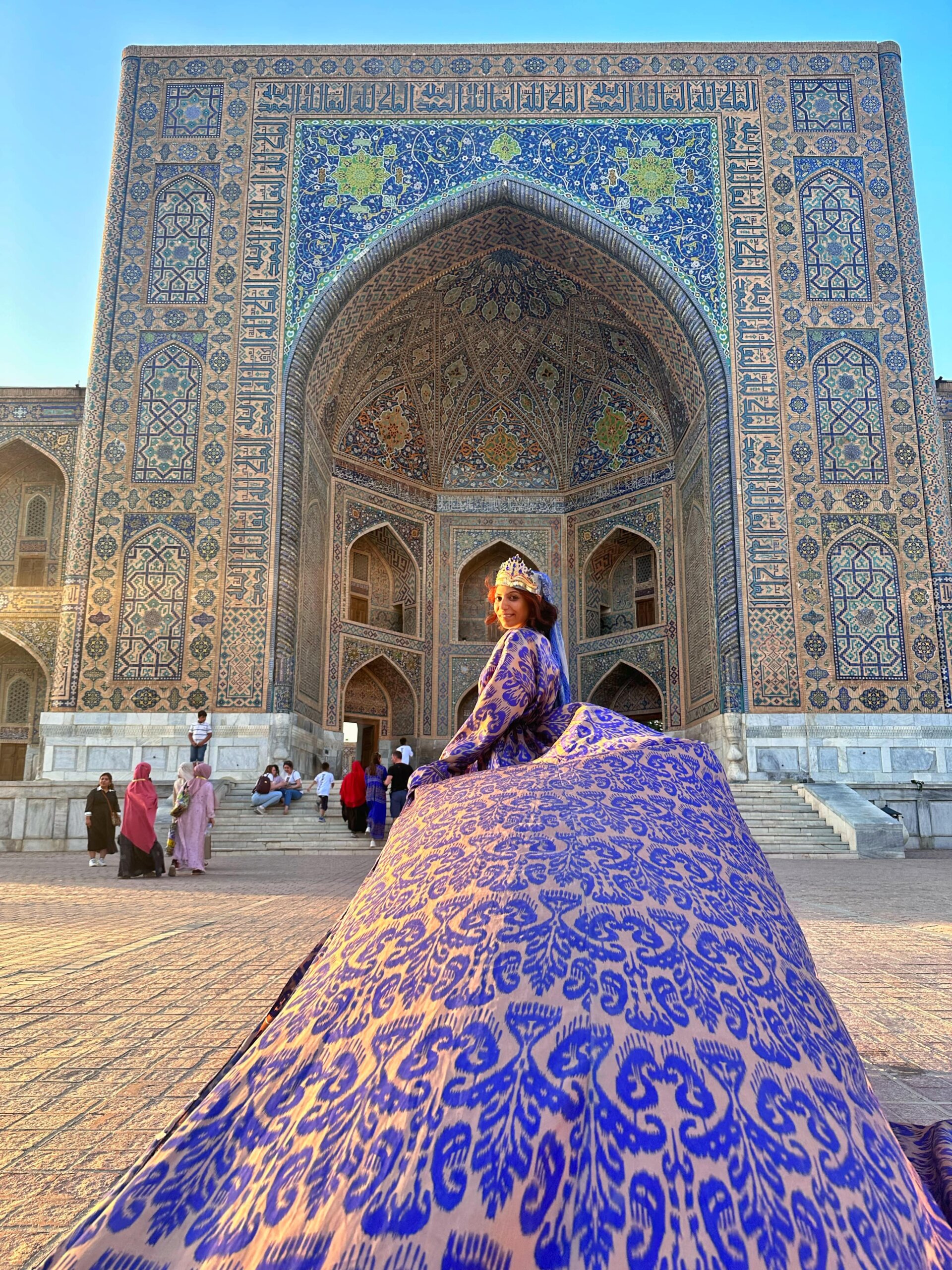
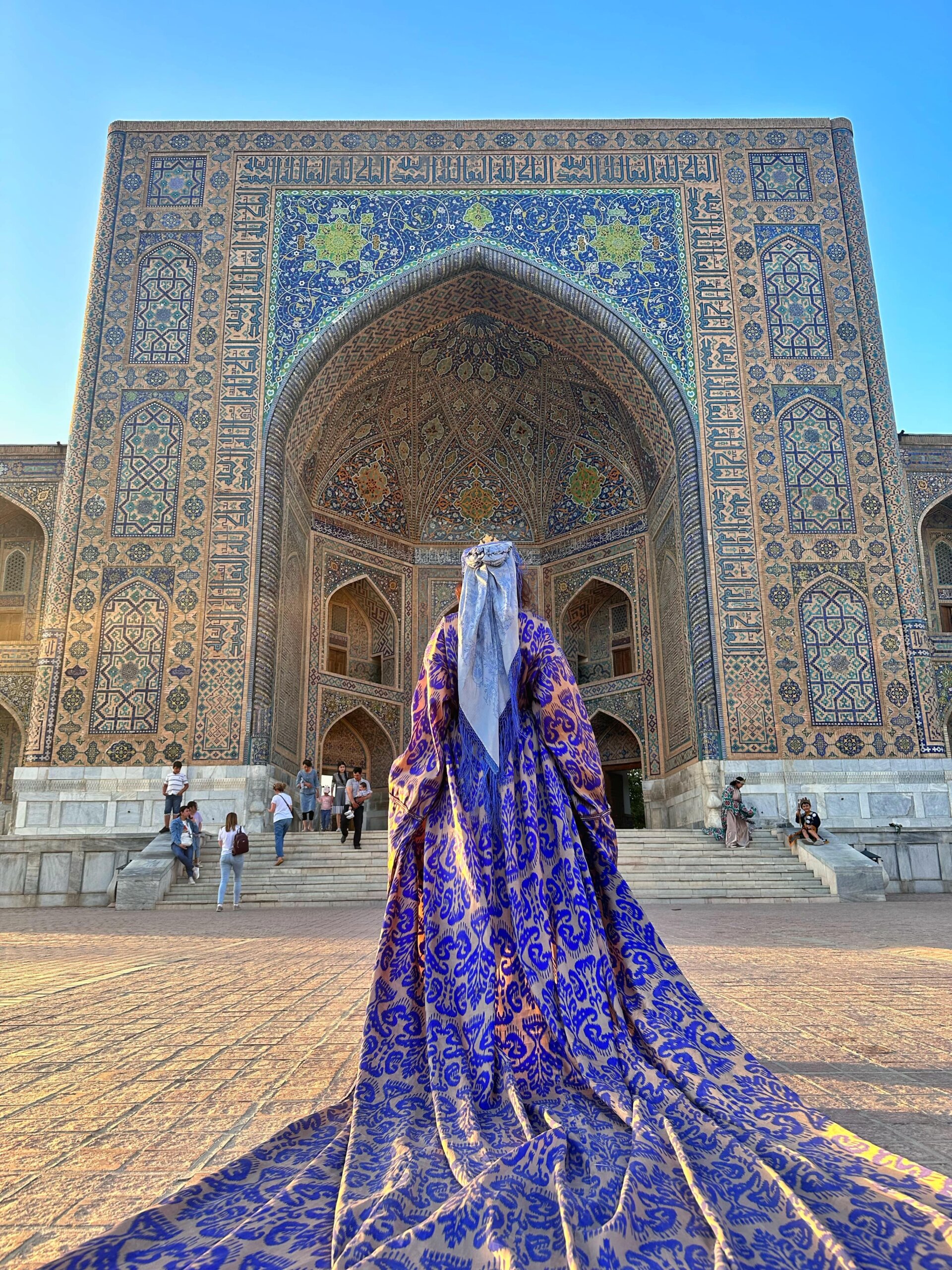

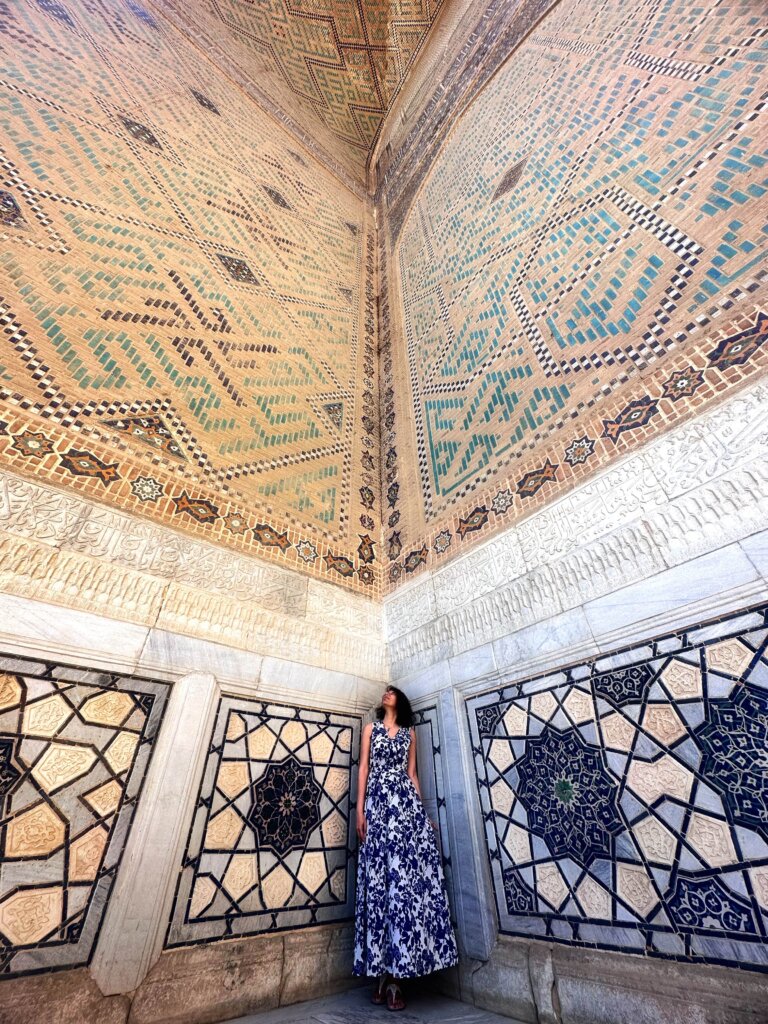
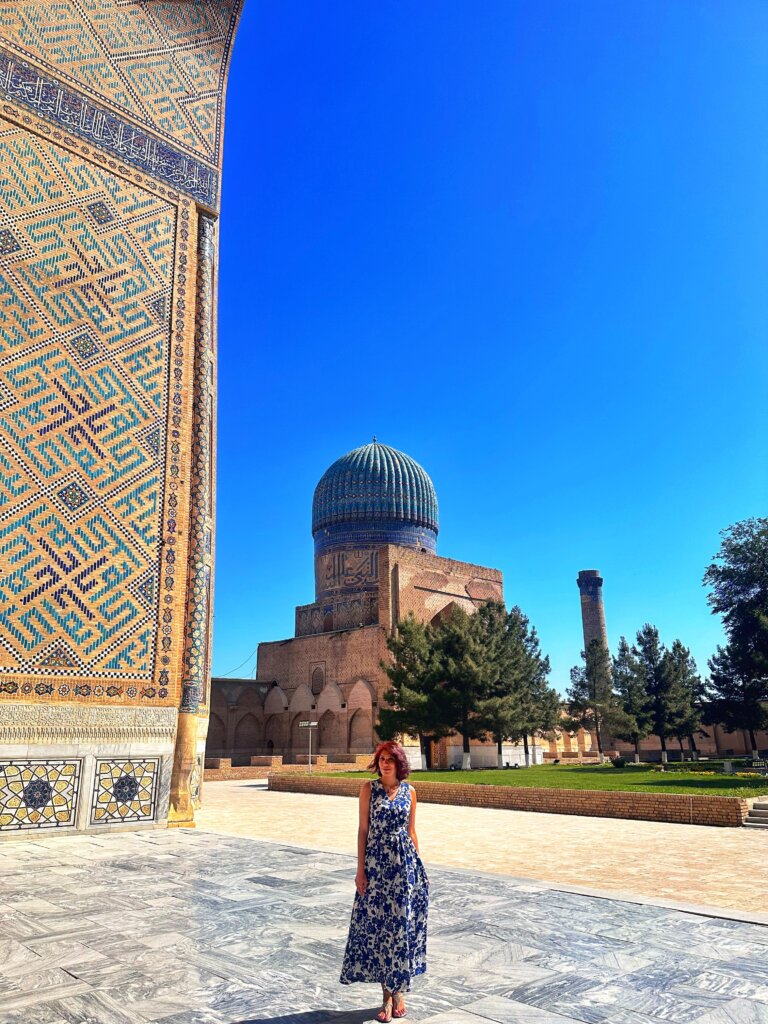
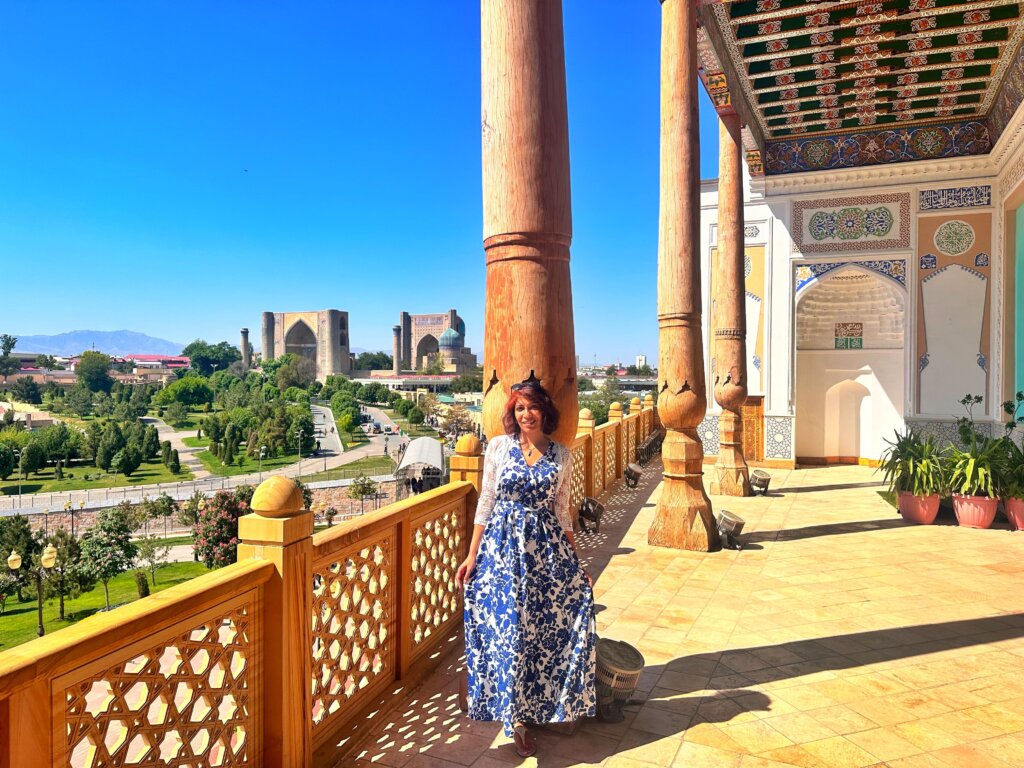
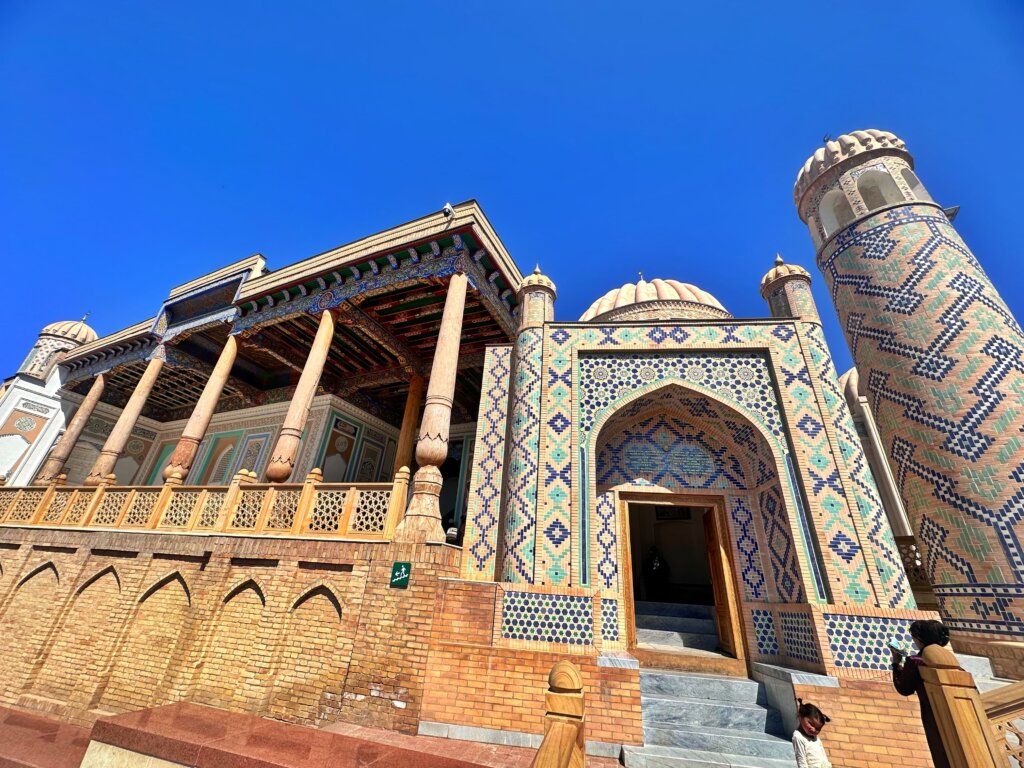
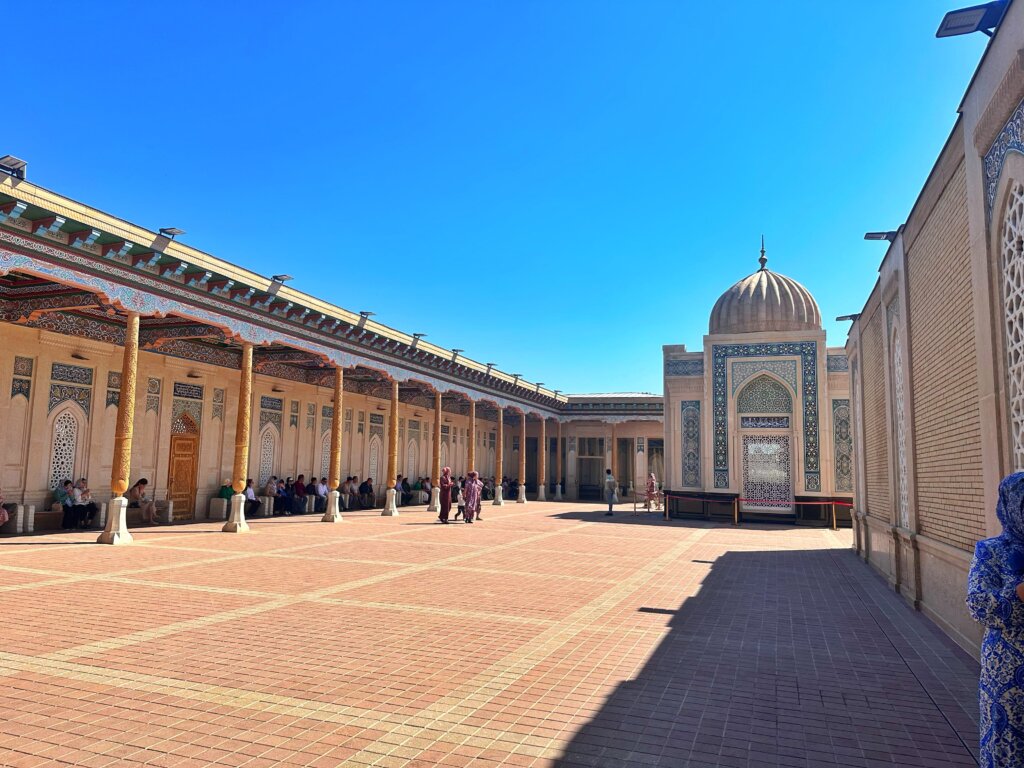



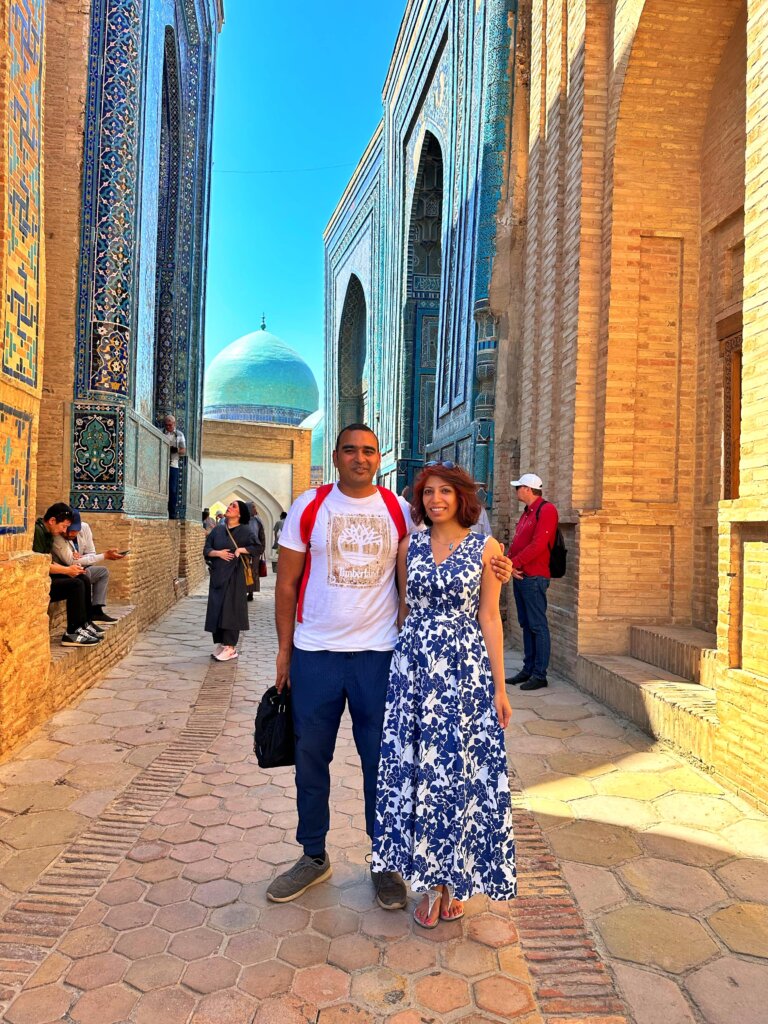

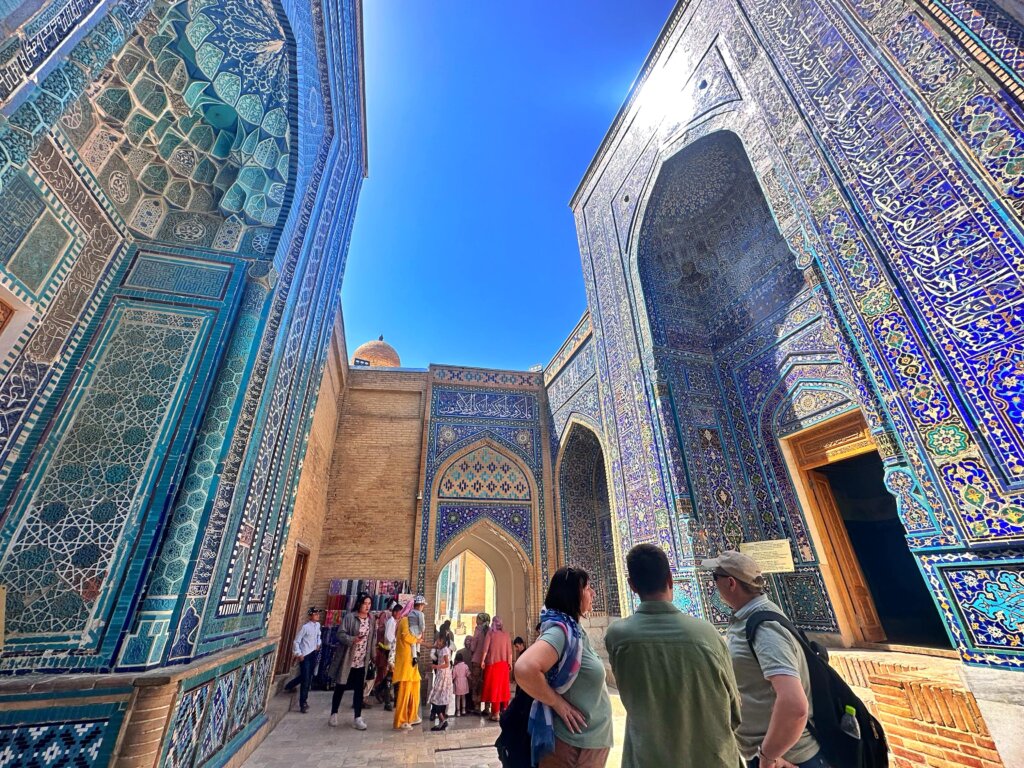
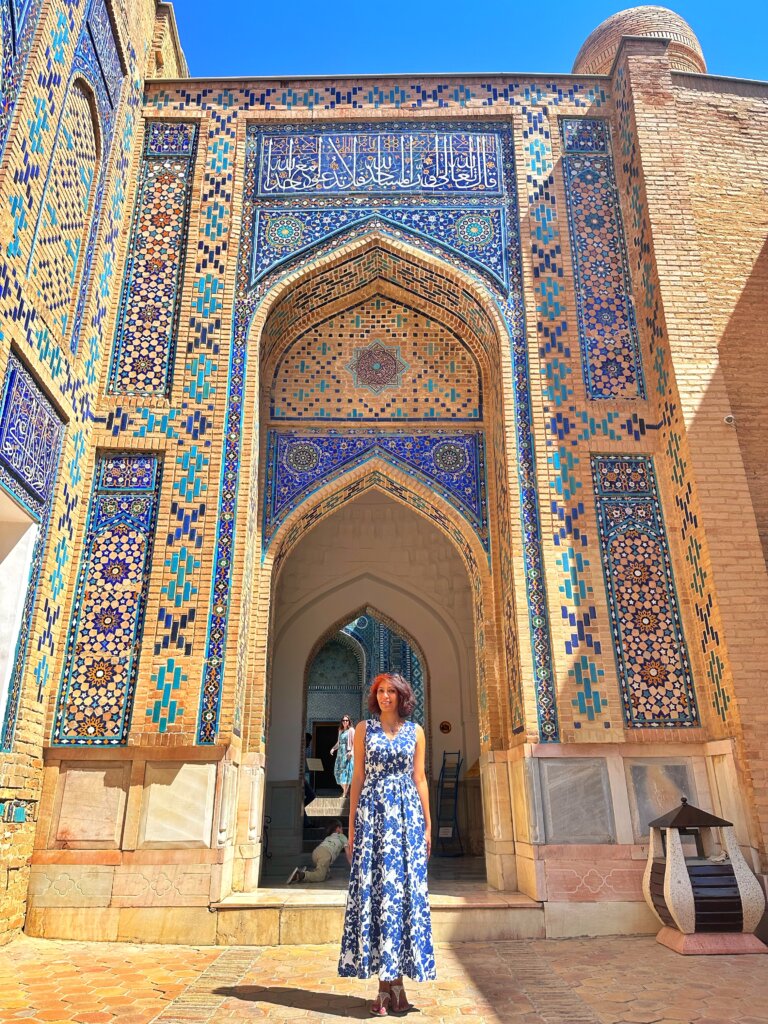
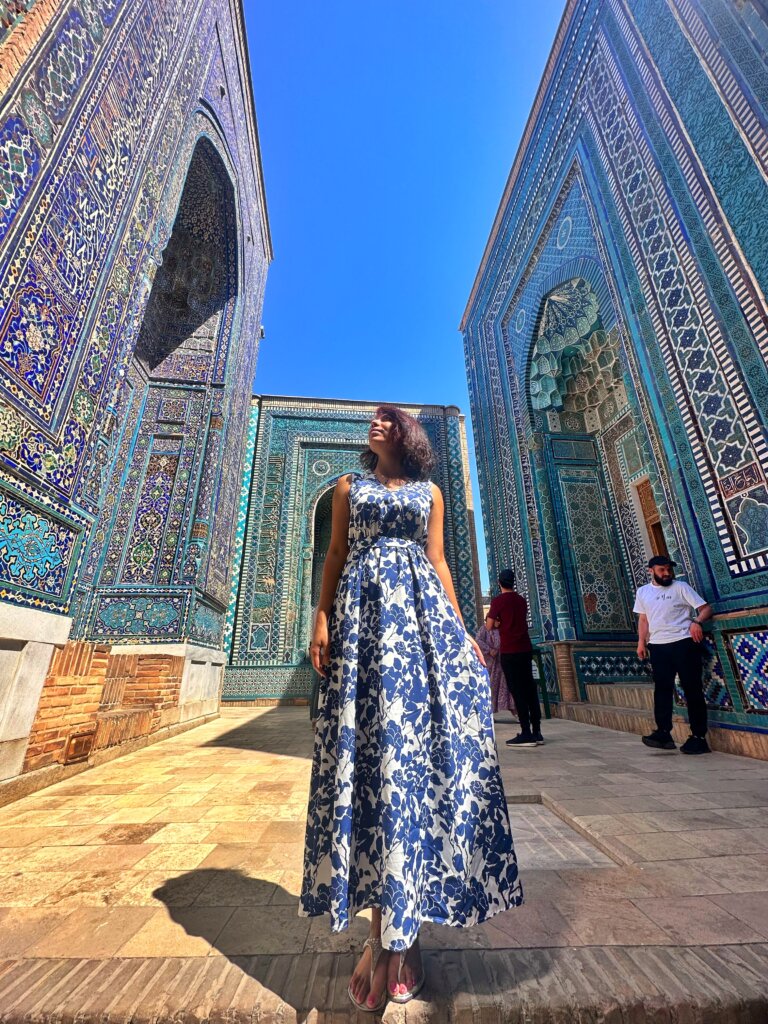


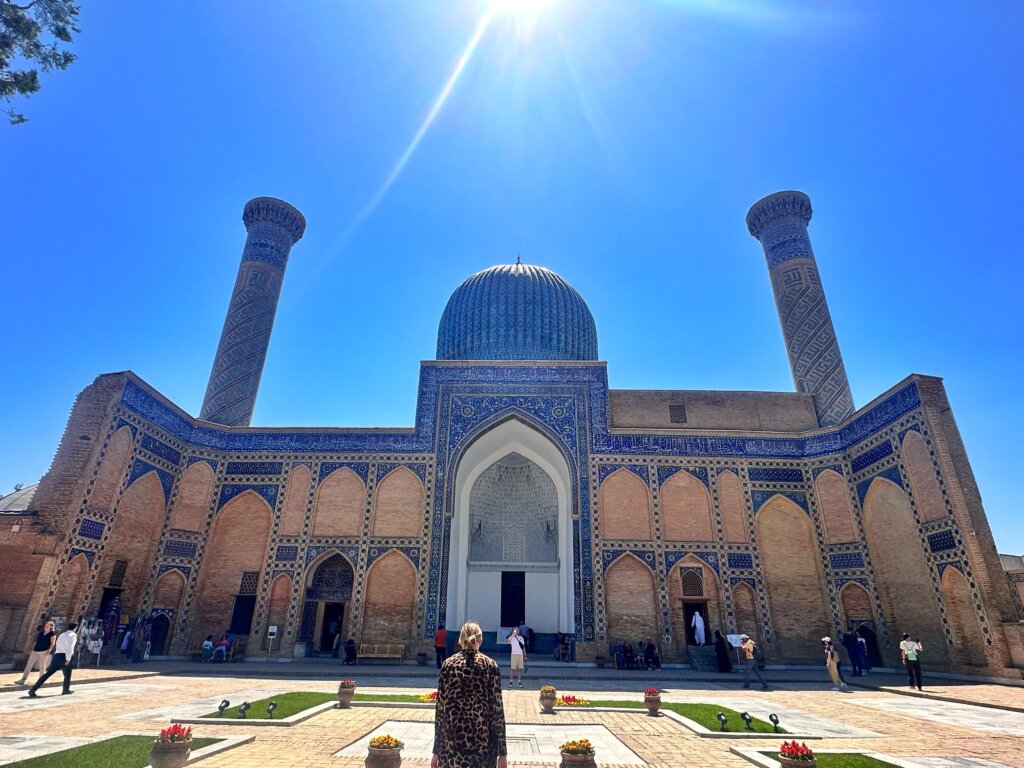
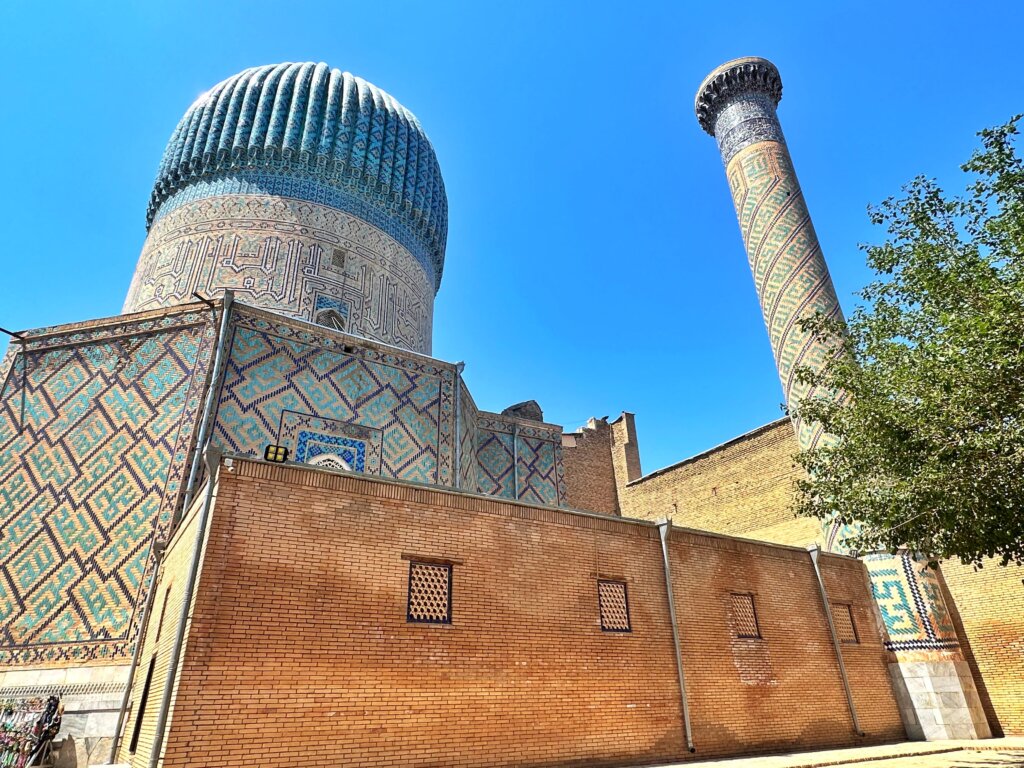
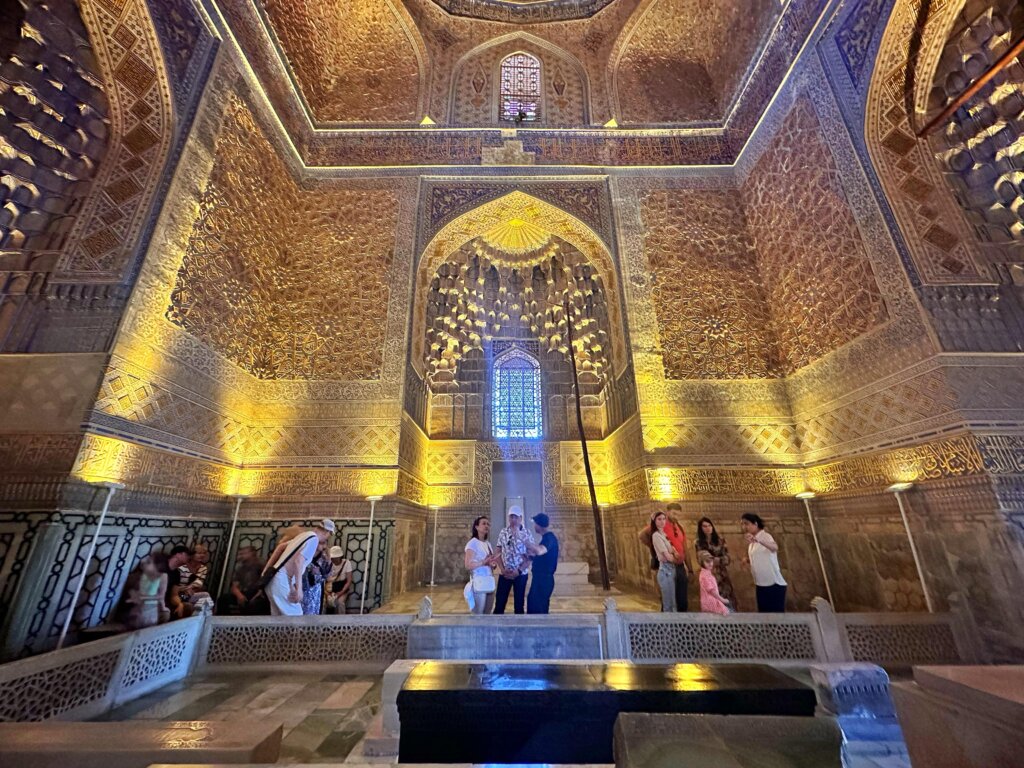
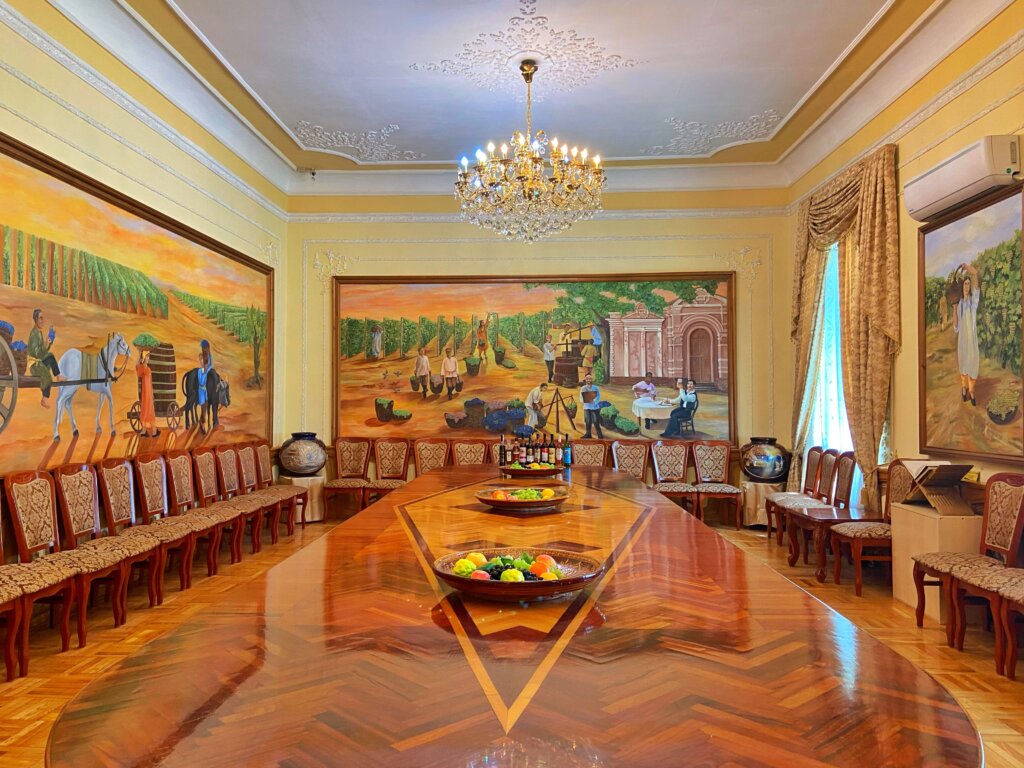
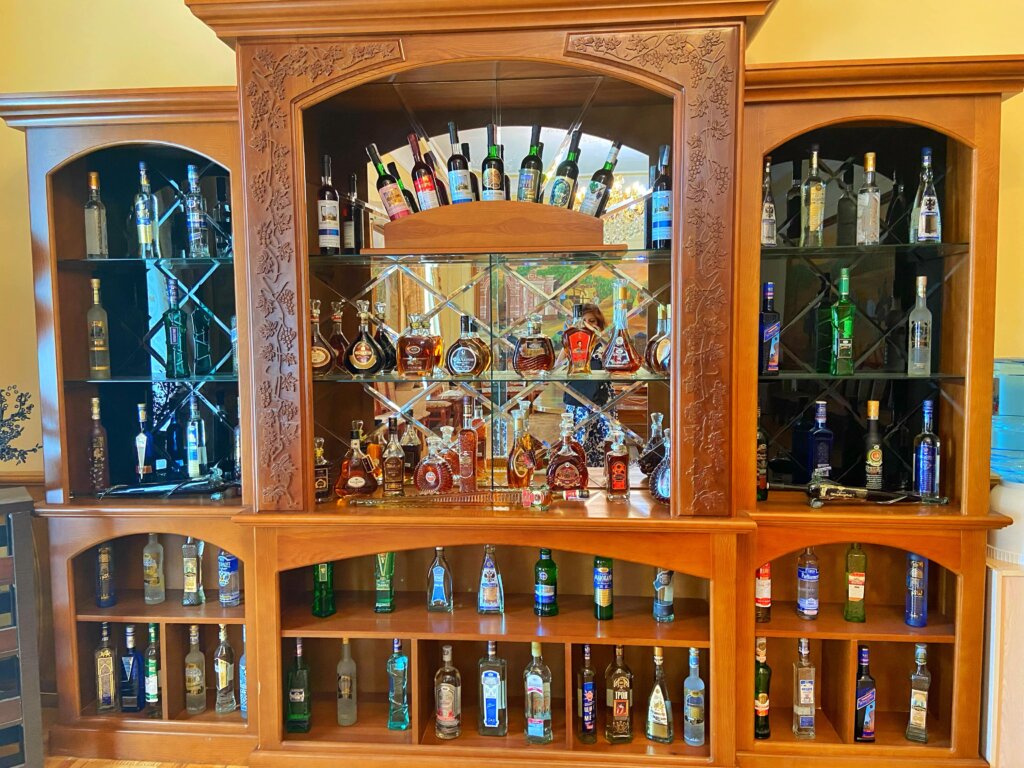
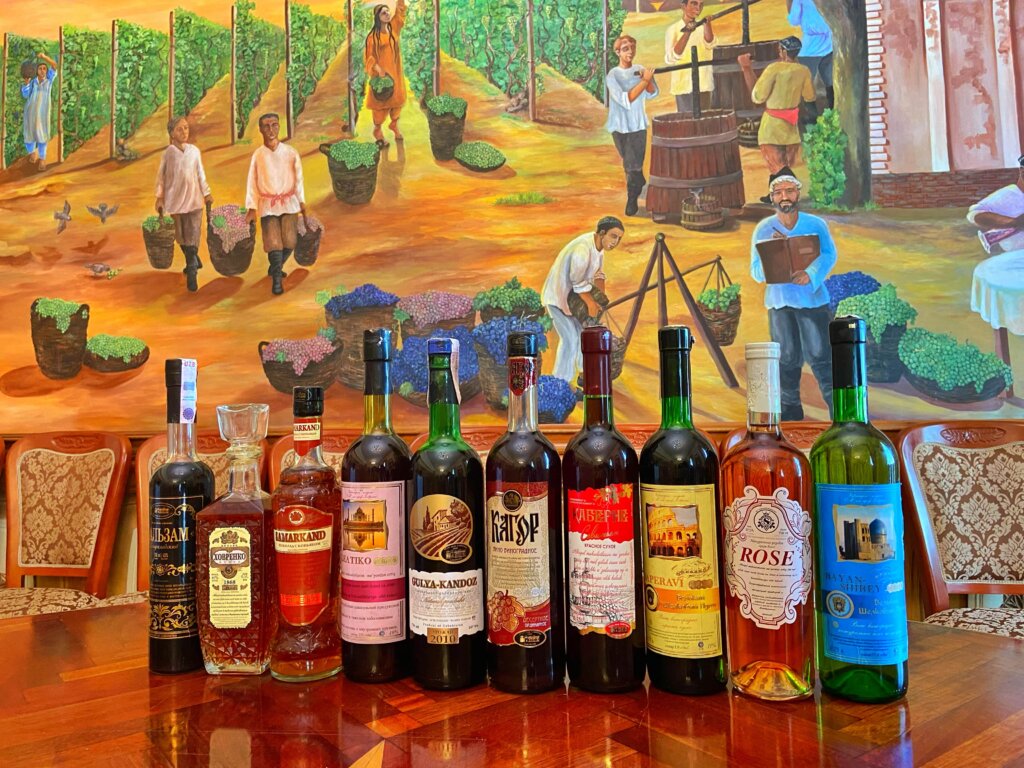
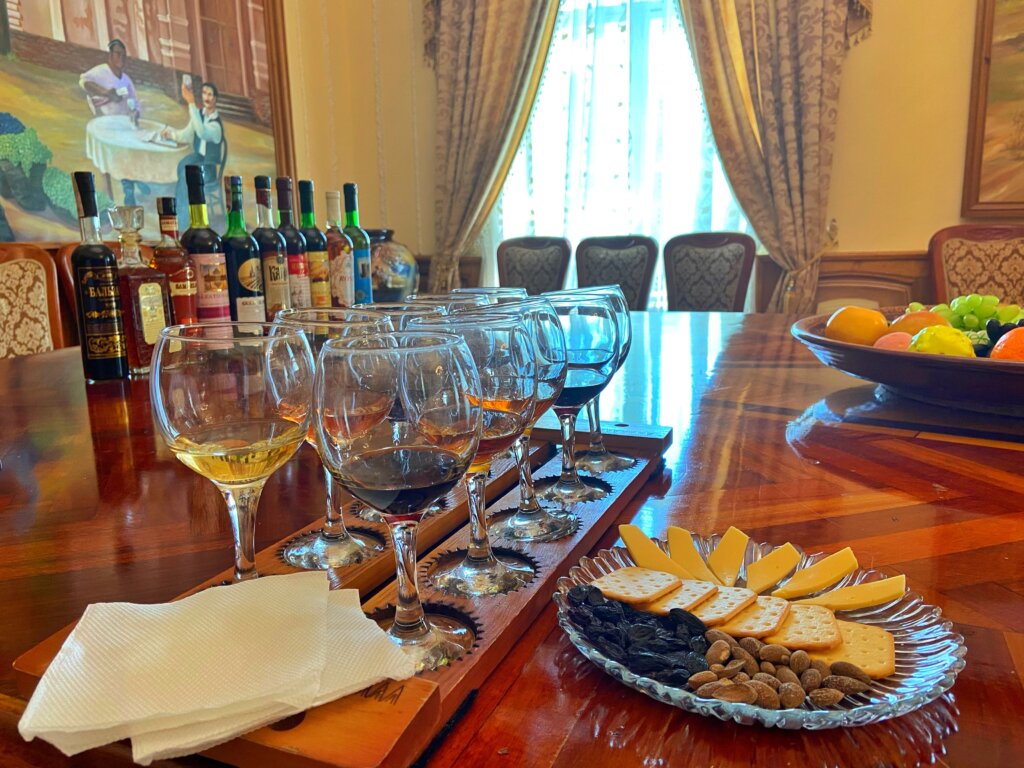
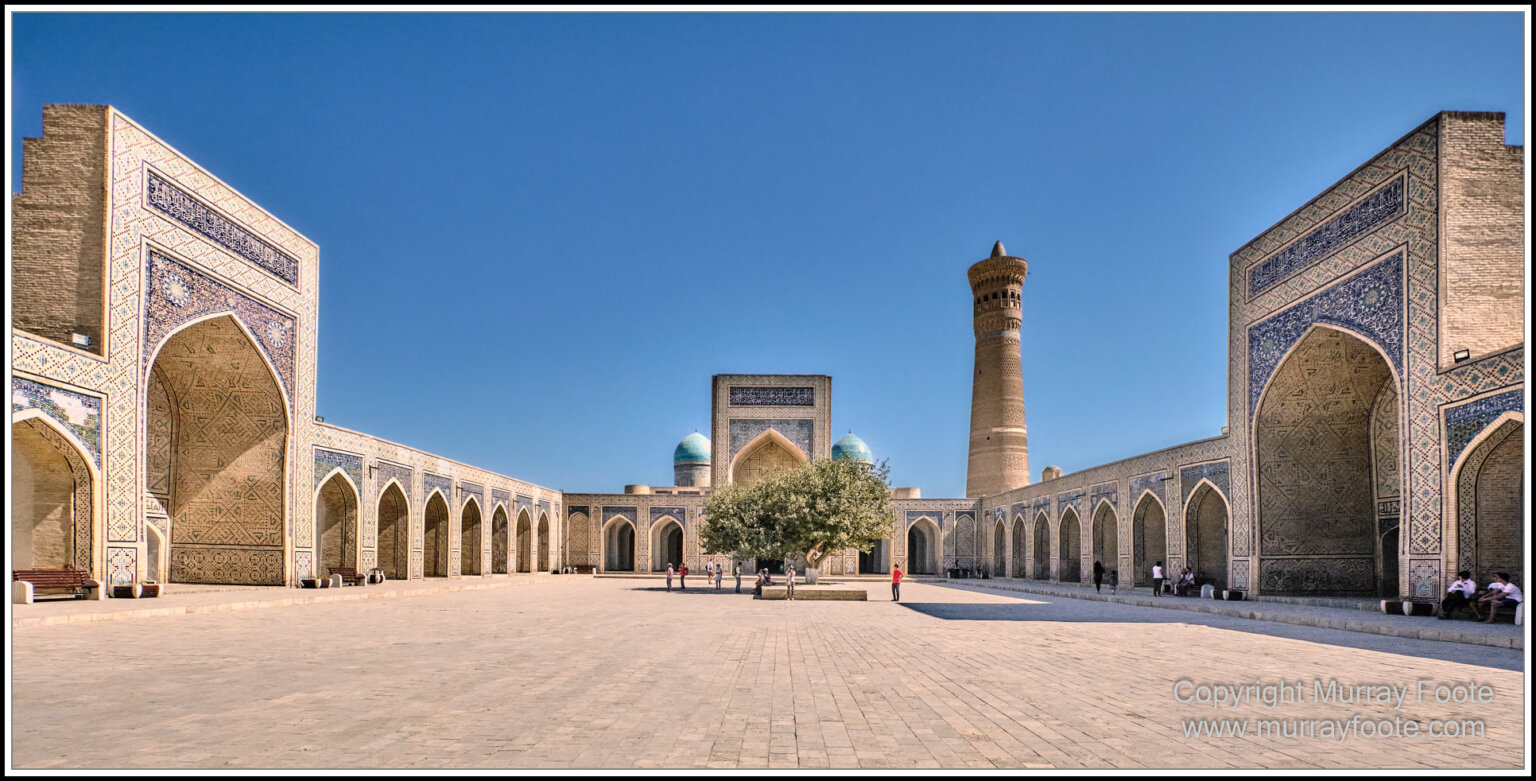
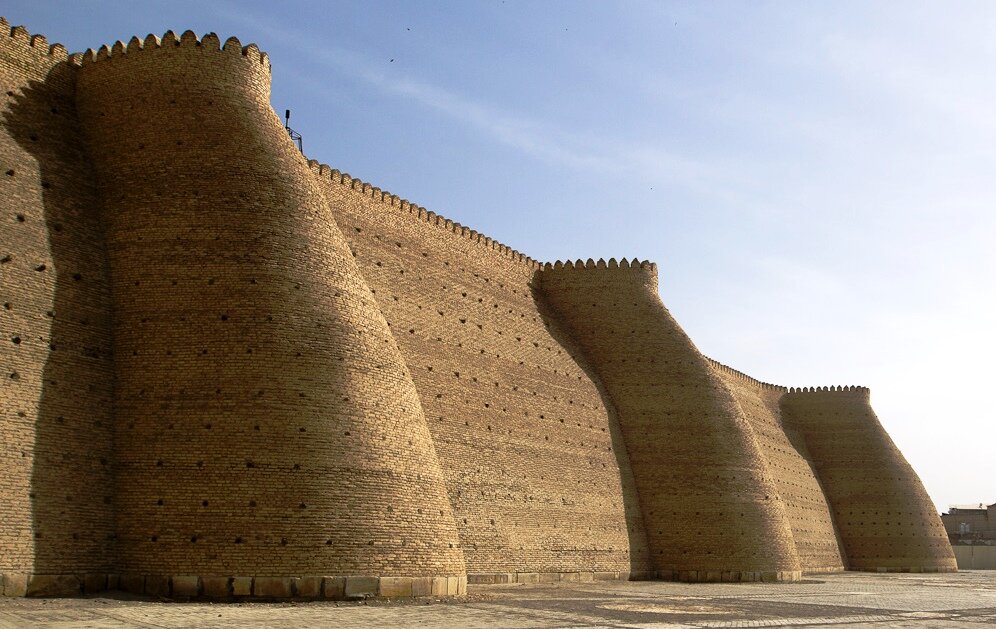
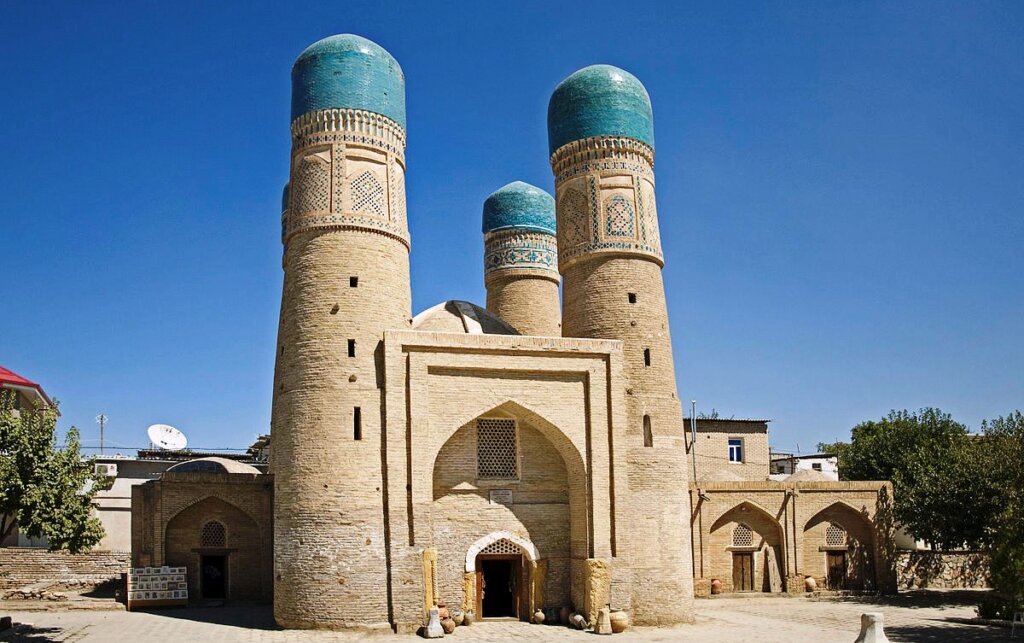


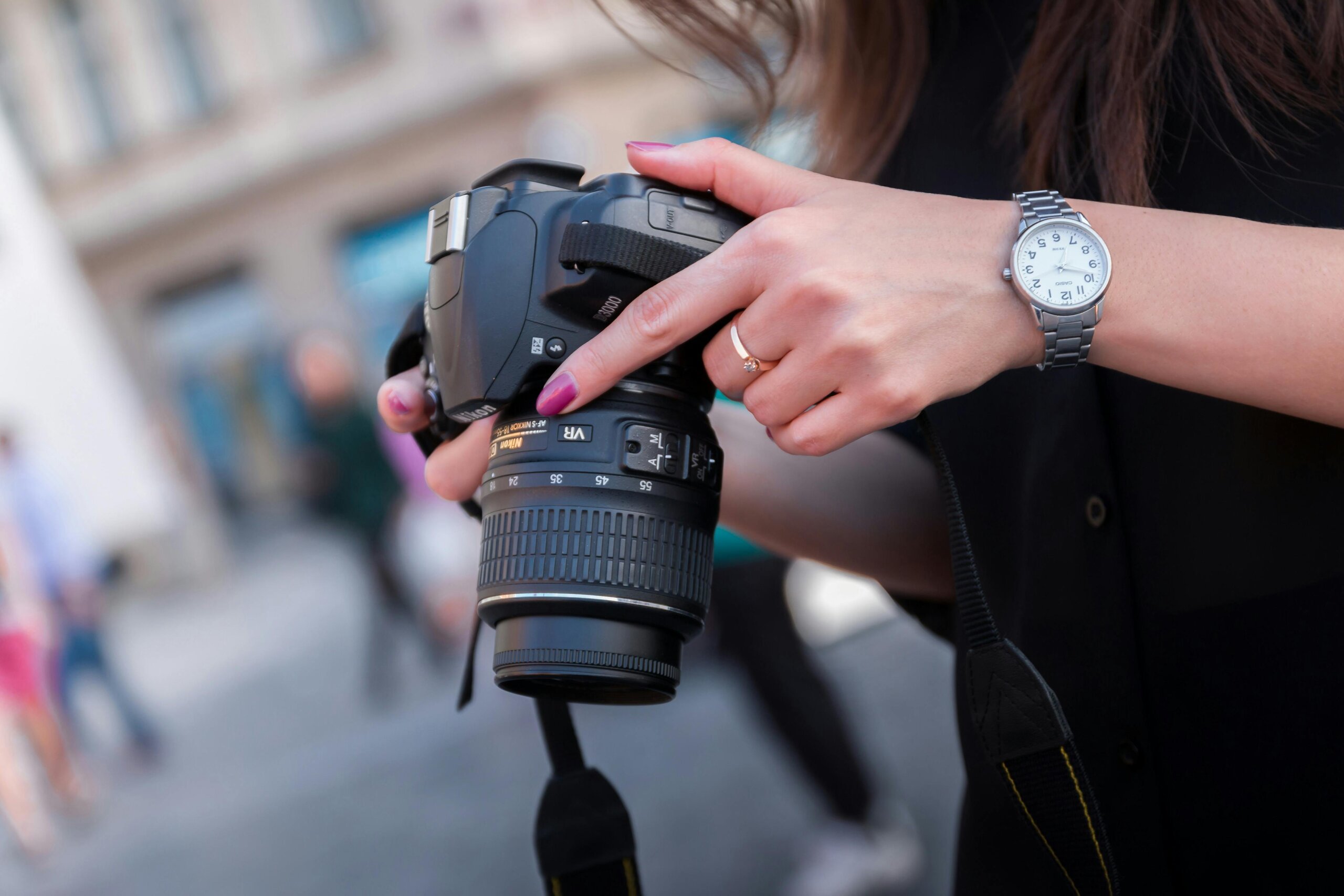
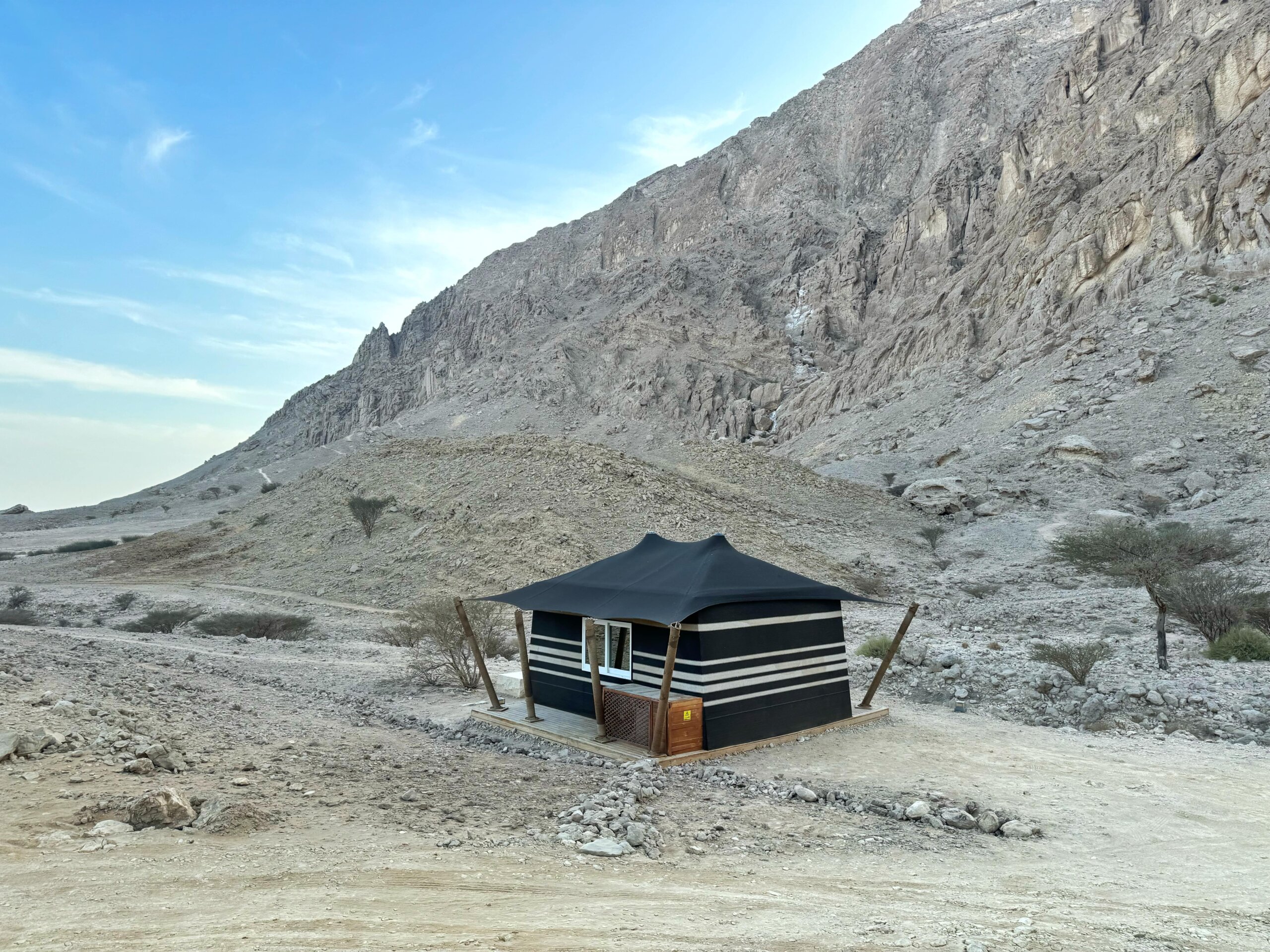
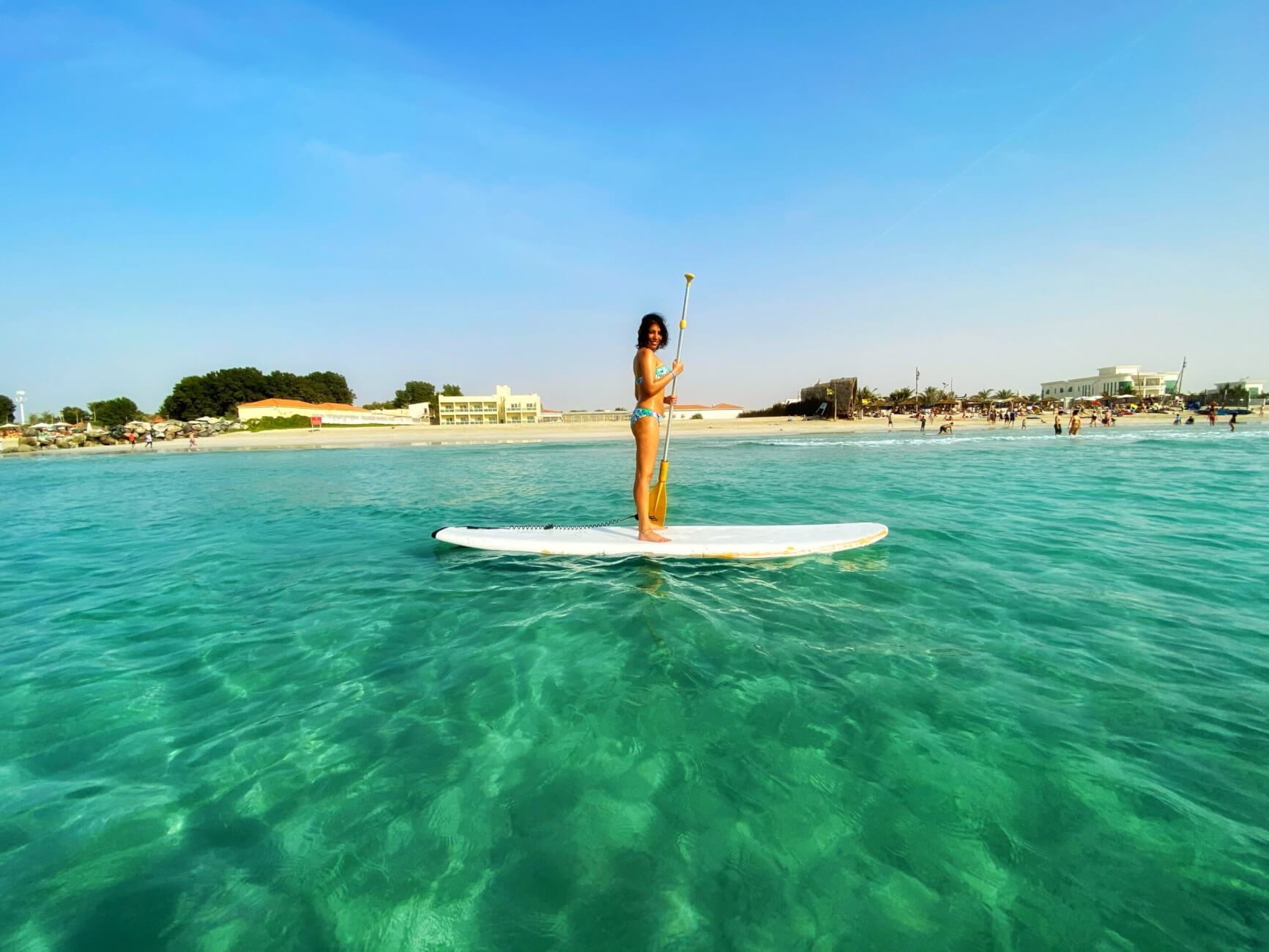
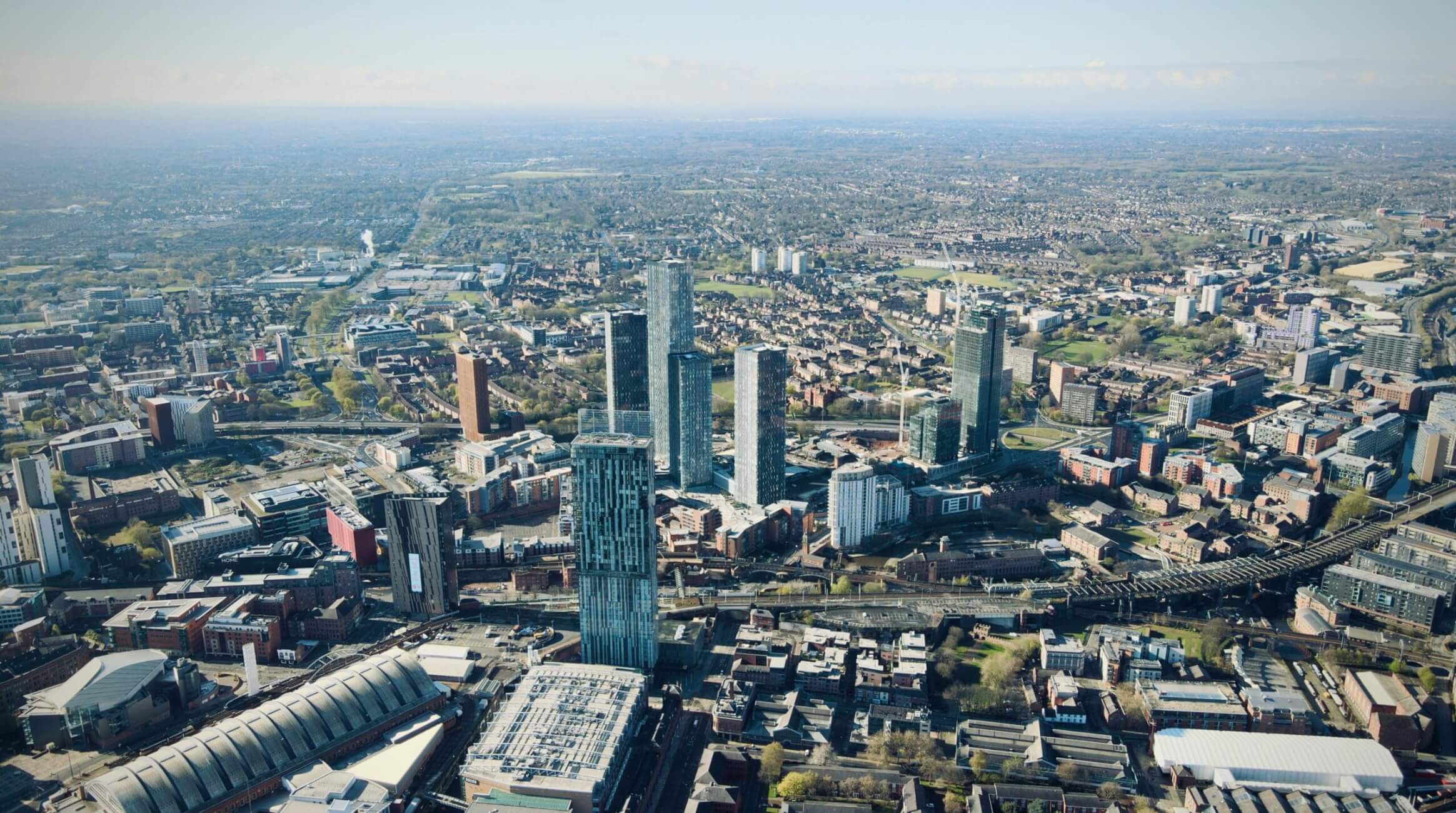







Manjusha
Hi Medha! What is your recommendation to choose between Uzbekistan and Kazakhstan- planning a 7-8 days trip in early April
Medha Verma
Hi Manjusha, it really depends on what you’re looking for! These are two entirely different countries – while Kazakhstan offers you gorgeous landscapes and is perfect for nature lovers & hiking enthusiasts, Uzbekistan is more for those looking for cultural and historical experiences.
Prerna
hi Medha,
Thank you for the insightful blog. This is very informative. I have 2 questions.
1. How much does the Hamaam cost?
2. I am planning to travel with a 16 month old baby, about 6-7 days for tashkent, Samarkand , Bukhara and Khiva. Do you think this is rushed or we will have enough time?
Medha Verma
Hello Prerna,
Ideally 7-8 days should be good for the above itinerary if you don’t wish to rush. Do remember to book the fast speed trains in advance, they will really ease things for you in terms of saving time. As for the cost of the hammam, it was negotiable for us. They asked for about $80 but were willing to negotiate…
Faatimah
Hi Medha! Thanks for sharing your experiences and insights. I’m busy doing research on Kazakhstan and Uzbekistan for my travel next year – deciding which on to visit. Or whether I should do both. 2 weeks just seem too short. I’m from Cape Town, South Africa. If you ever decide to visit you’re welcome to contact me for advice. My ig handle is @travelyourland
Medha Verma
Hi Faatimah, I would say 2 weeks is good enough to get a flavour of both countries. You could spend a week in each! If you’re the ‘slow’ kind of traveller, who doesn’t like to pack their day with too many activities and wants to explore with ease and in a leisurely manner, then I suggest to spend the 2 weeks in Kazakhstan itself. I am visiting Cape Town in 3 weeks by the way, would love to have your recommendations as well!